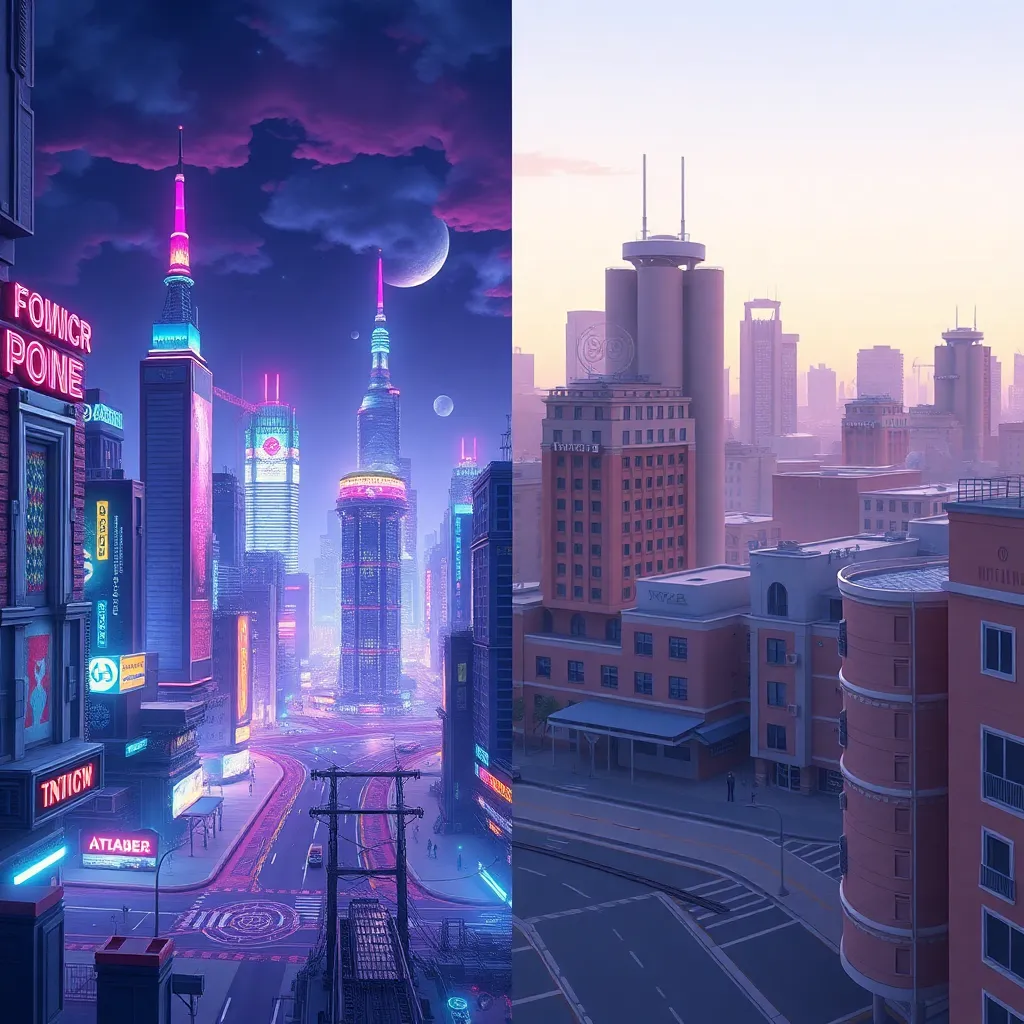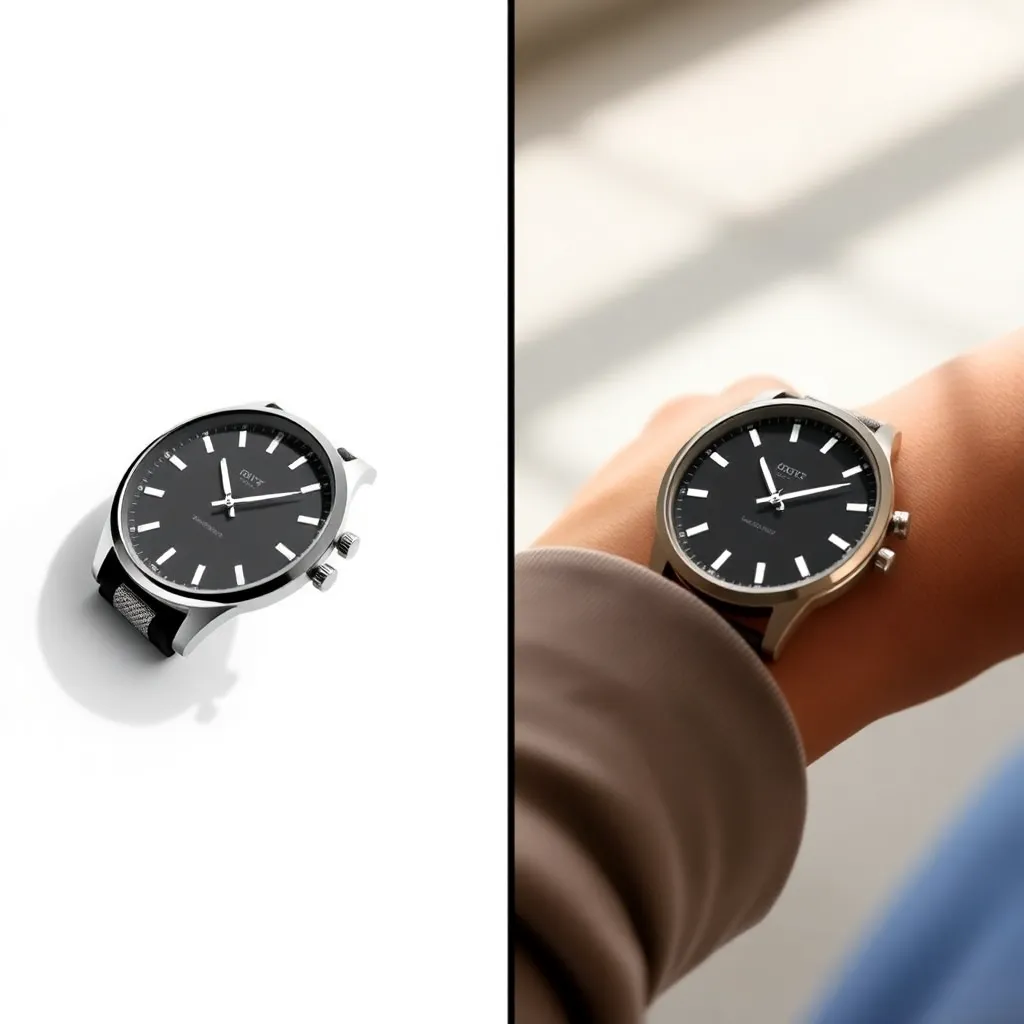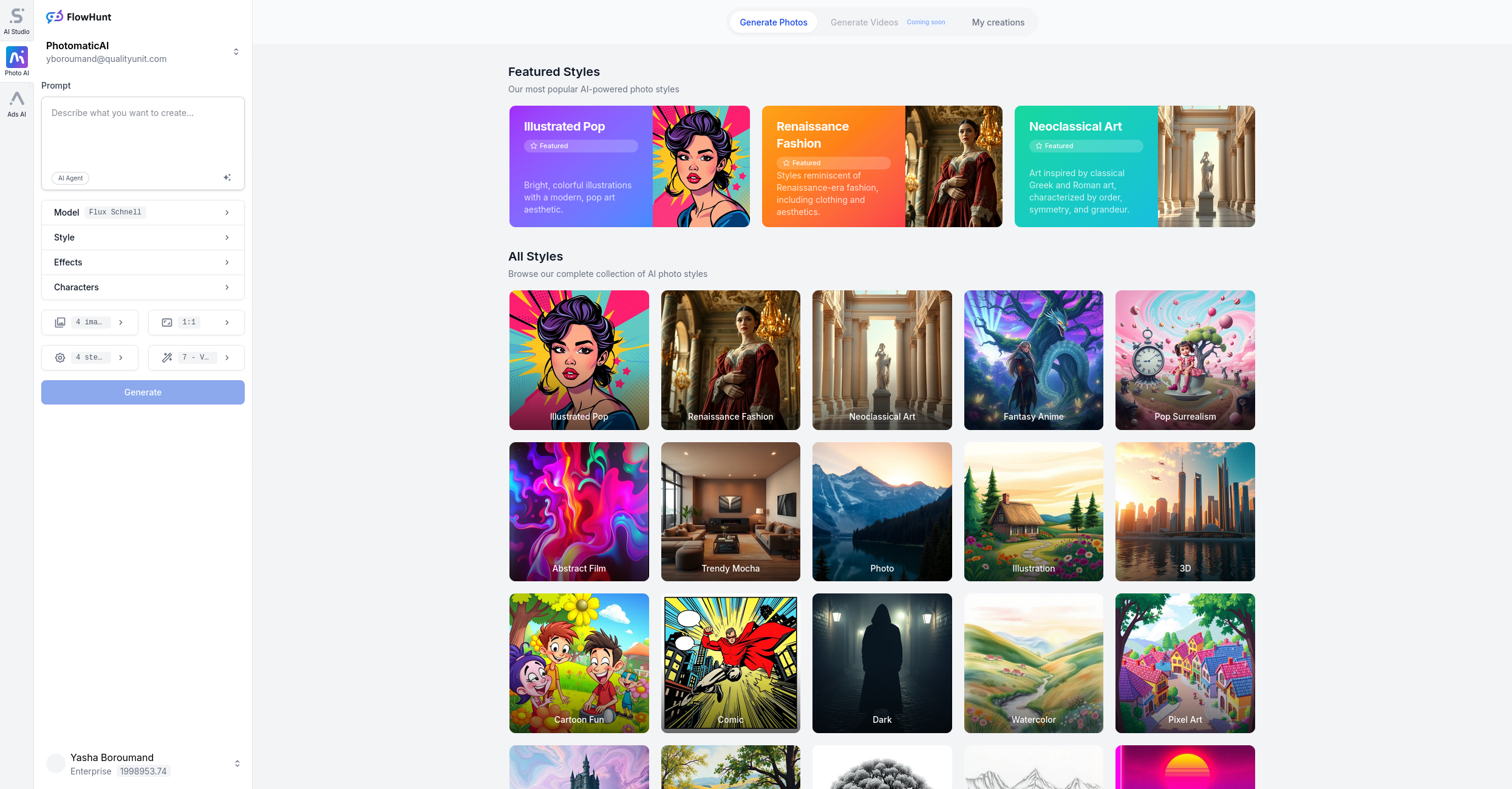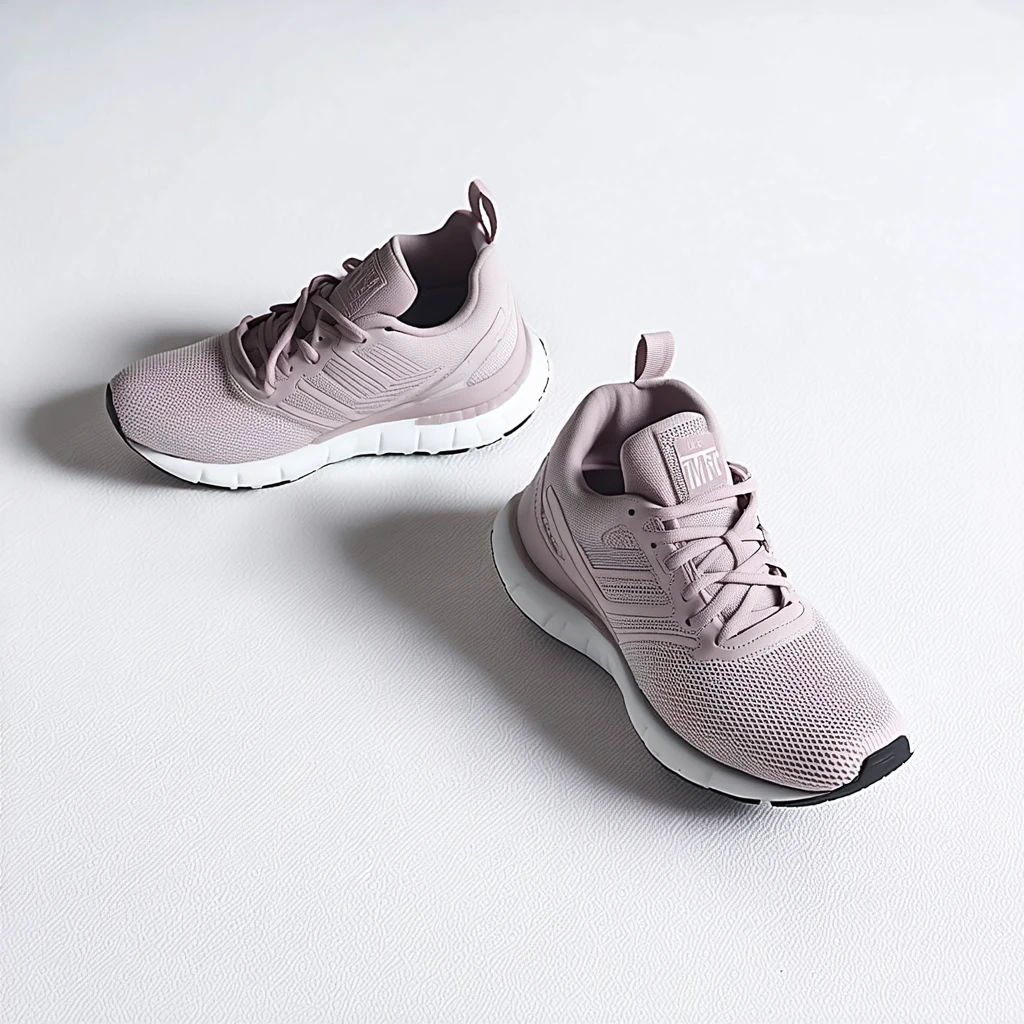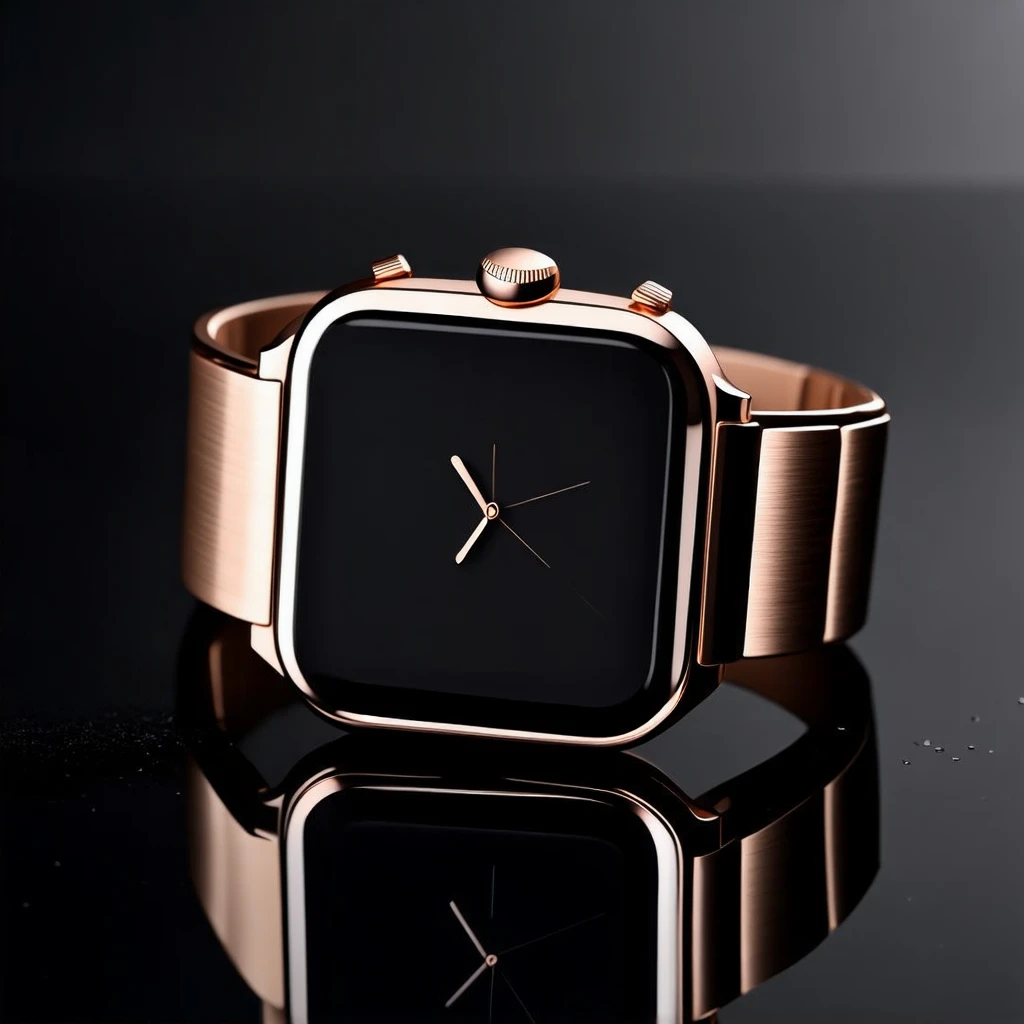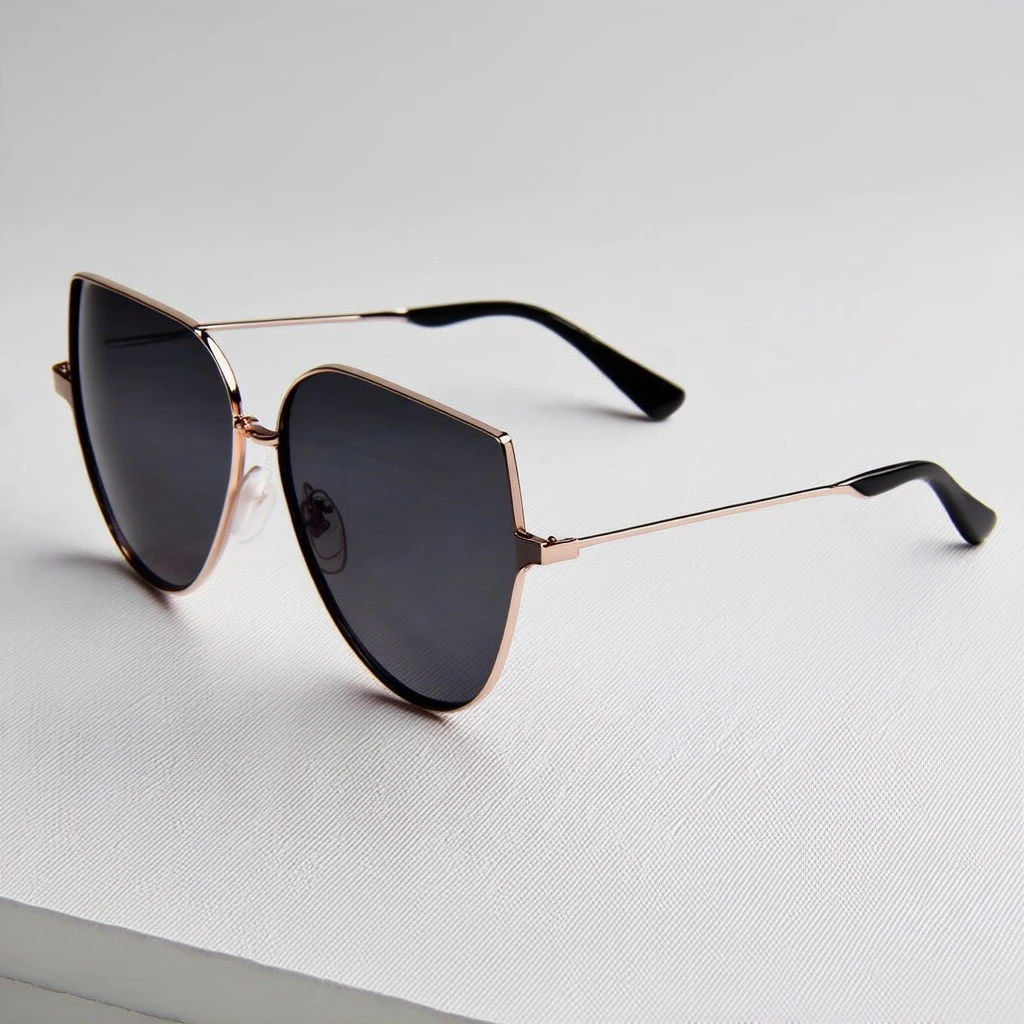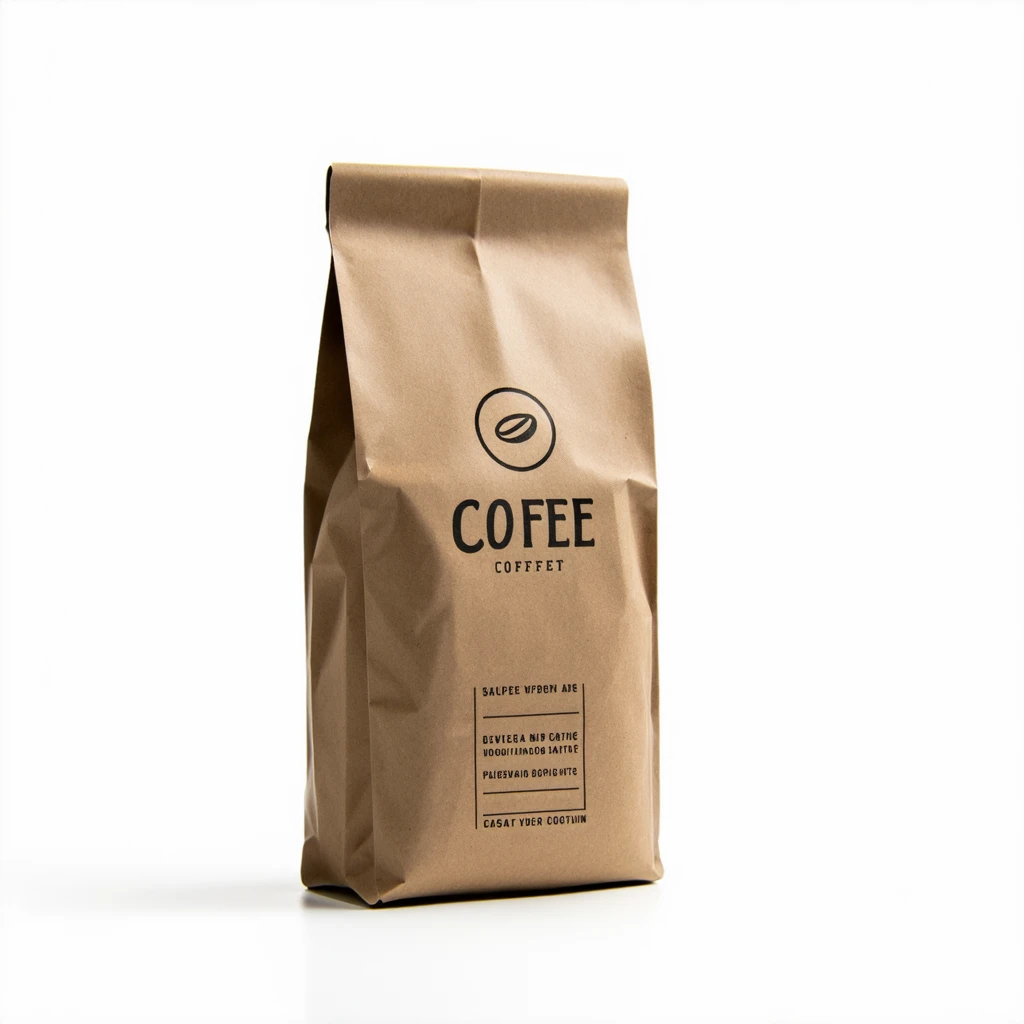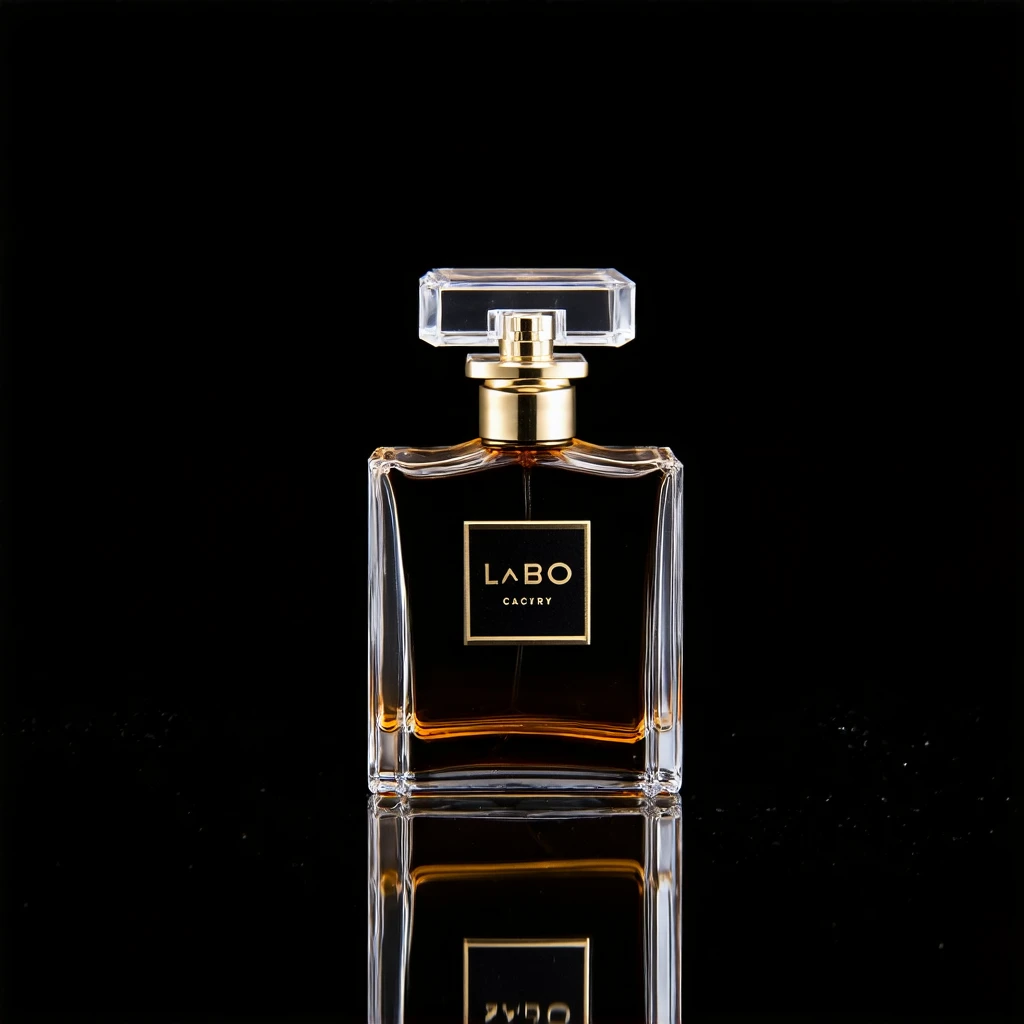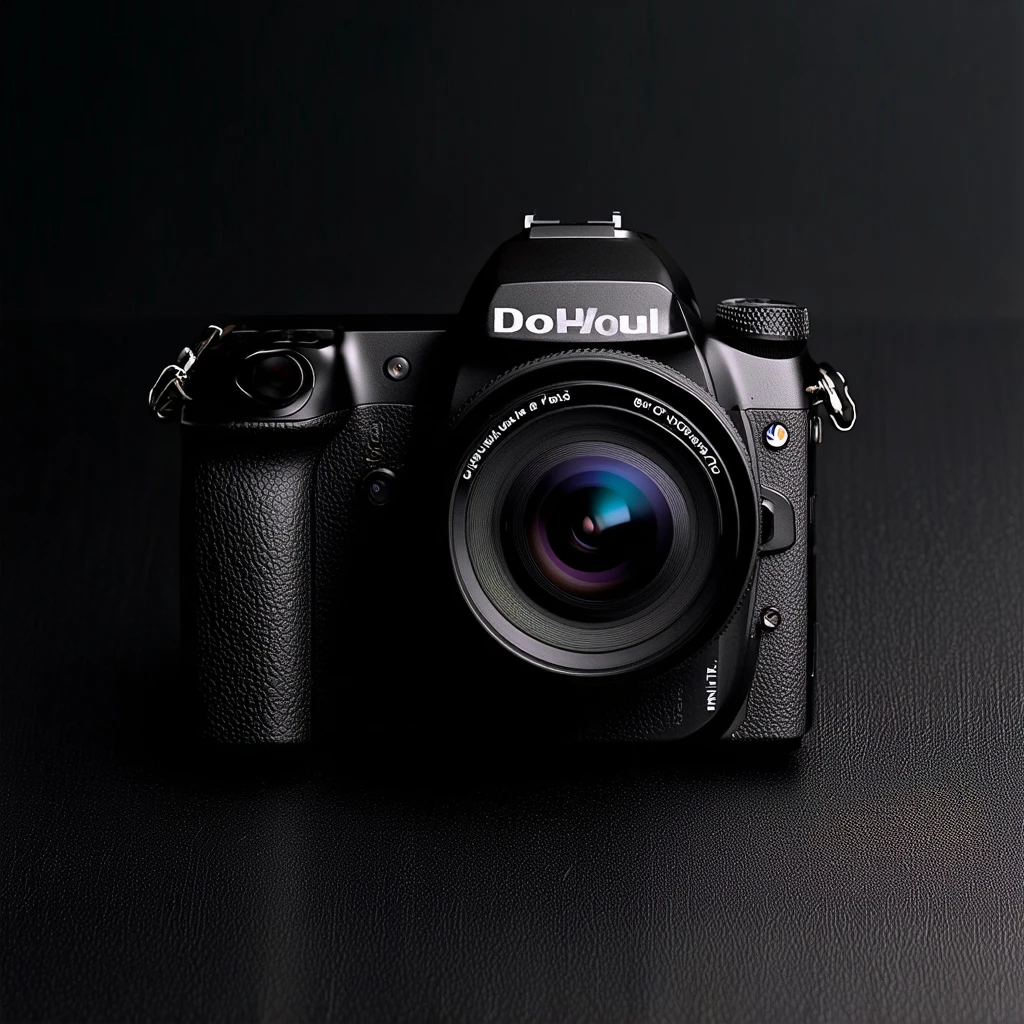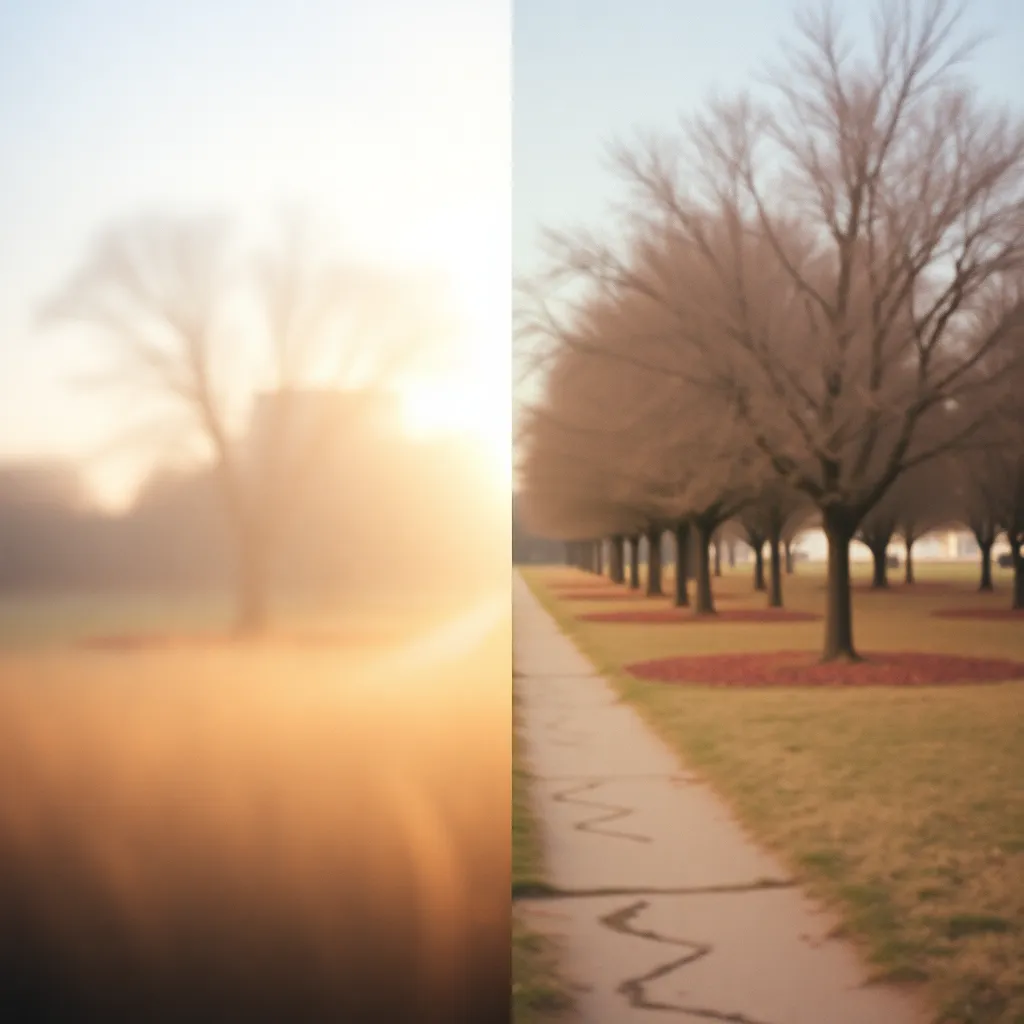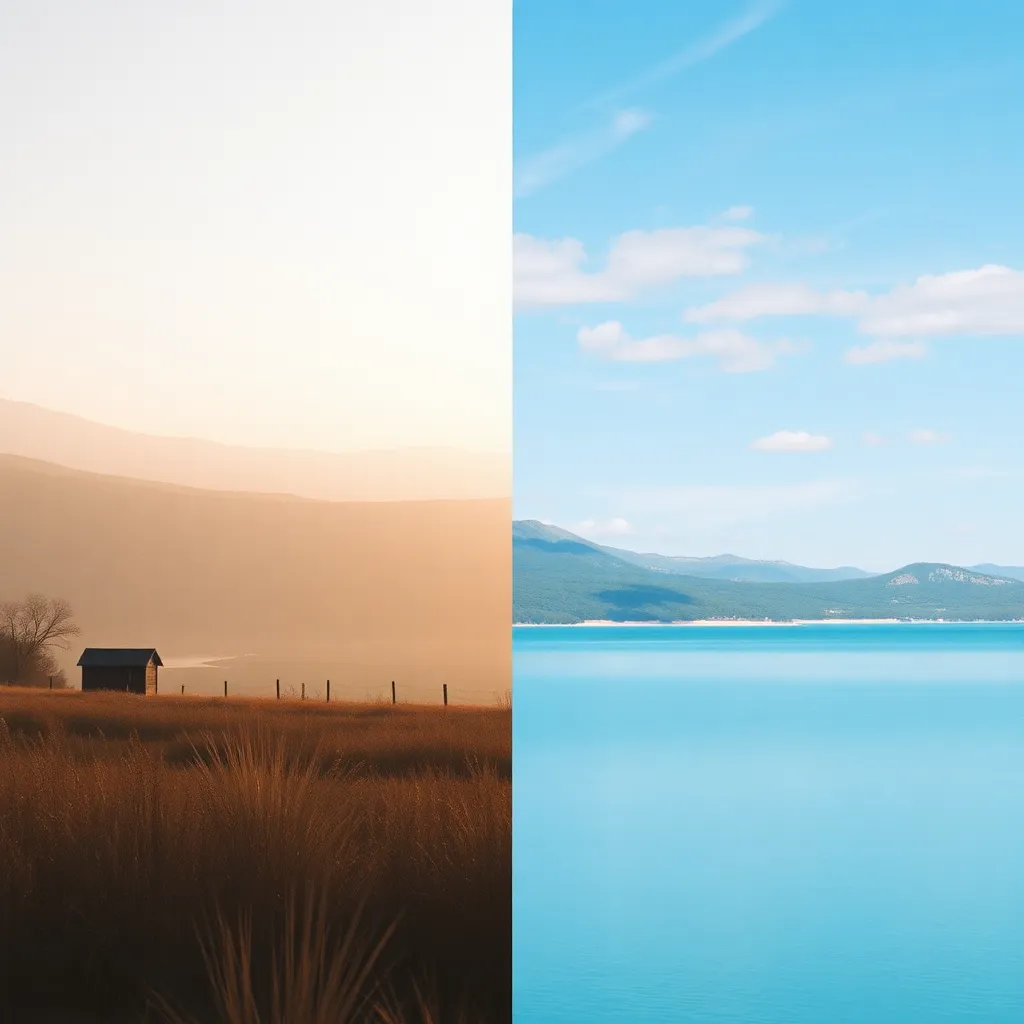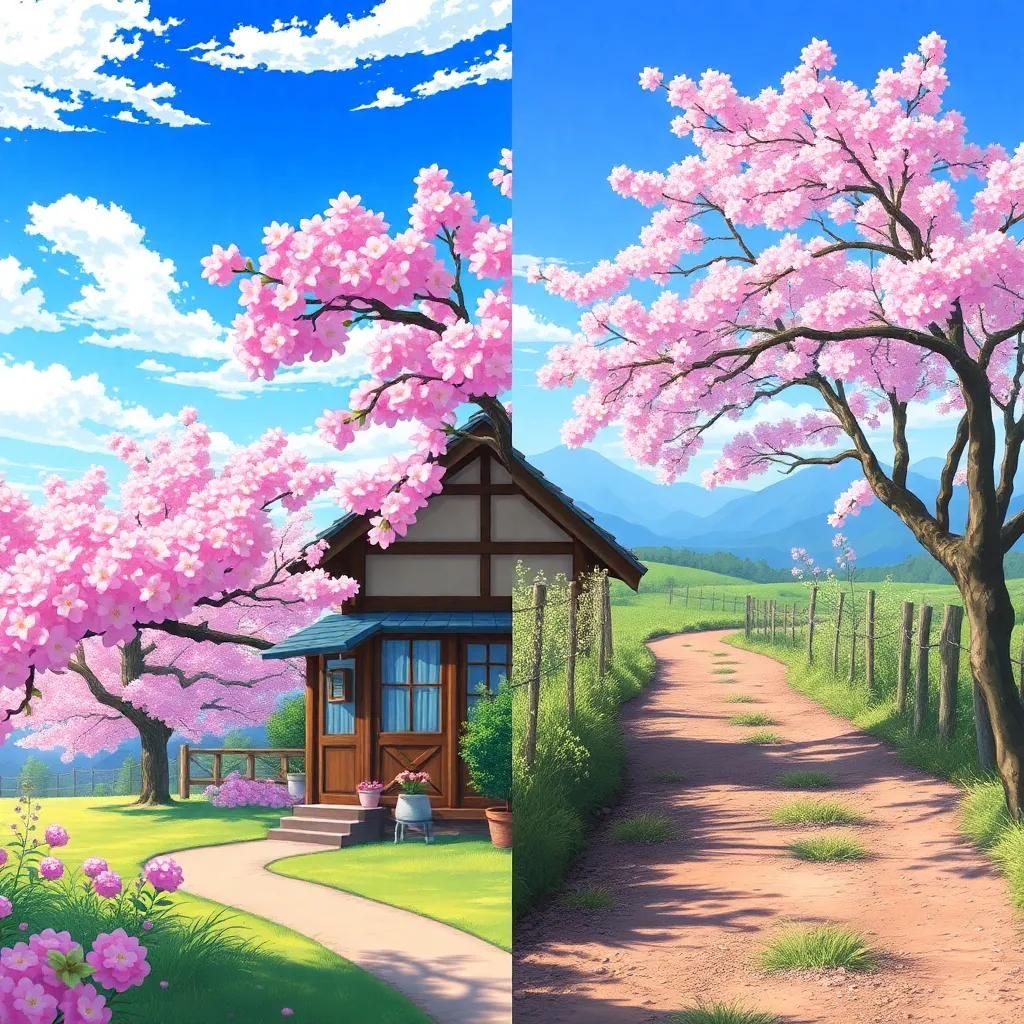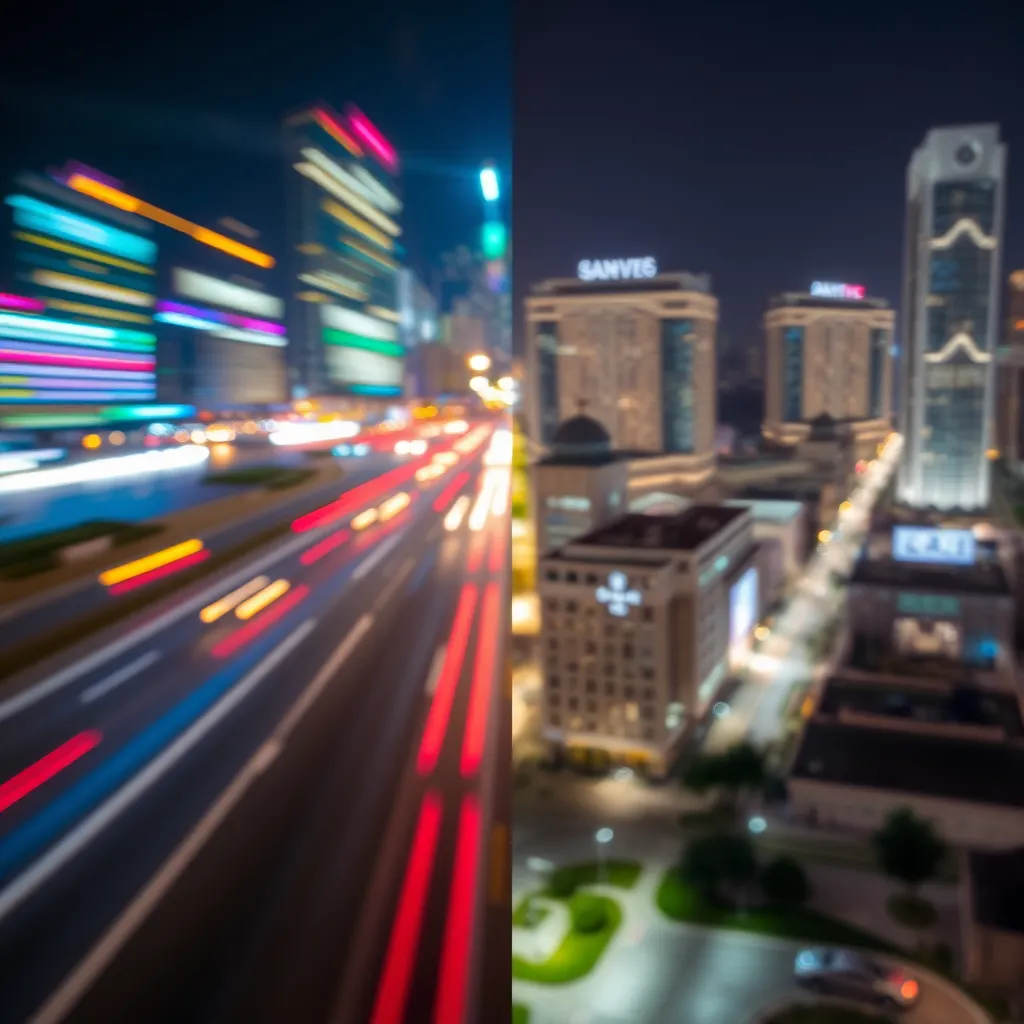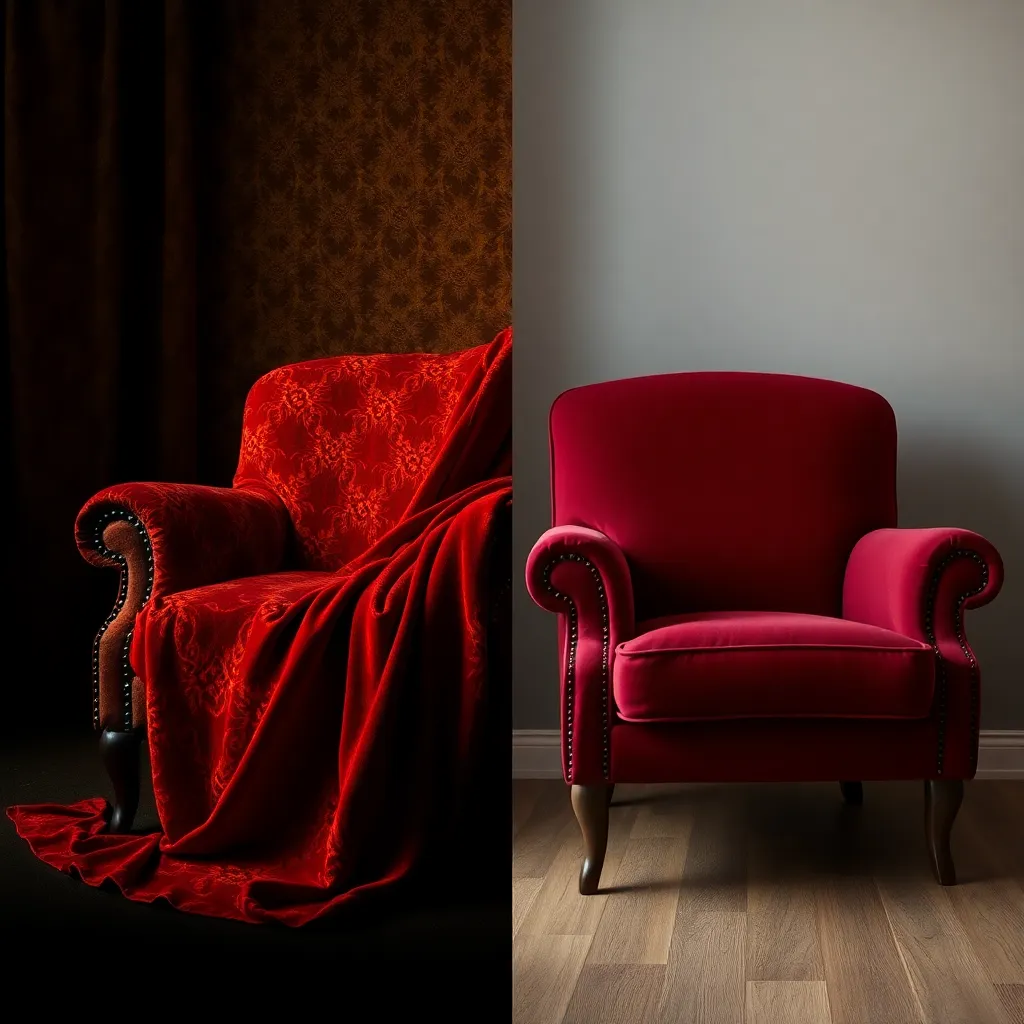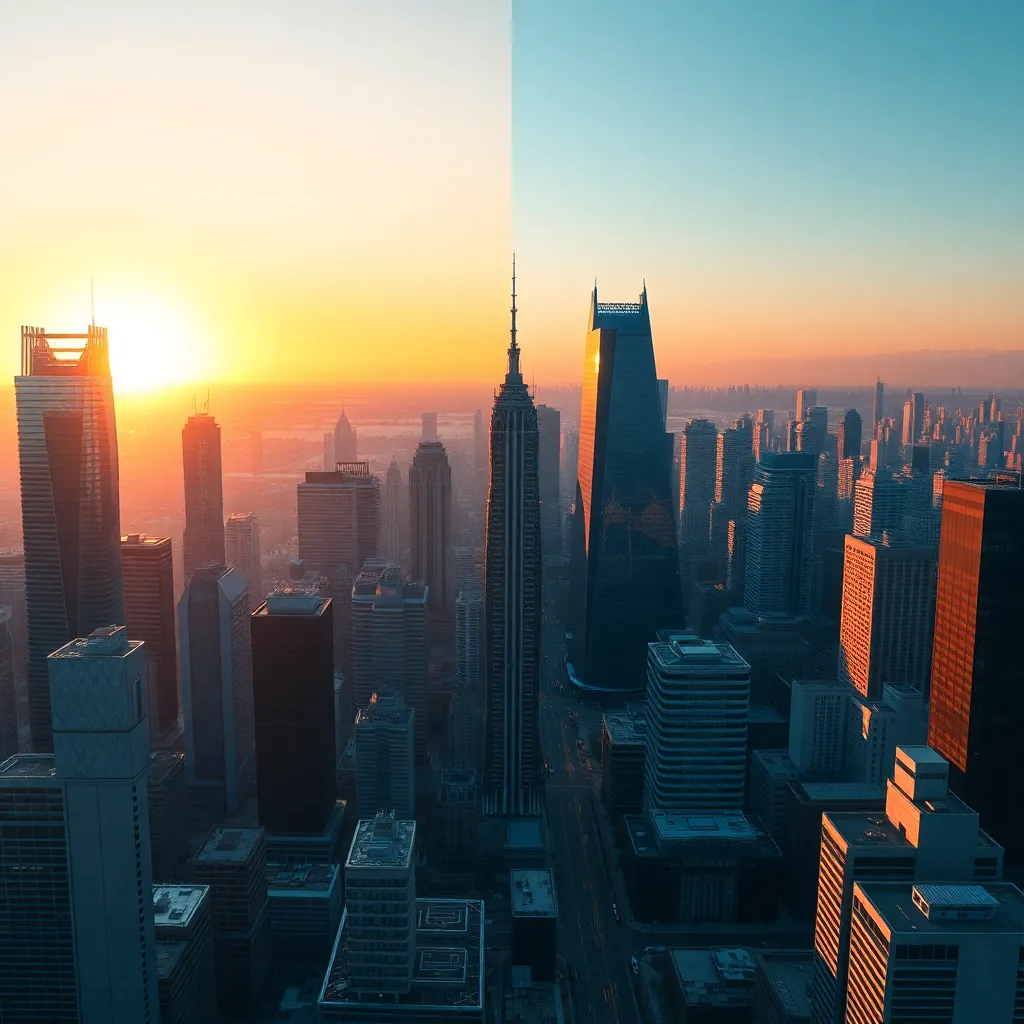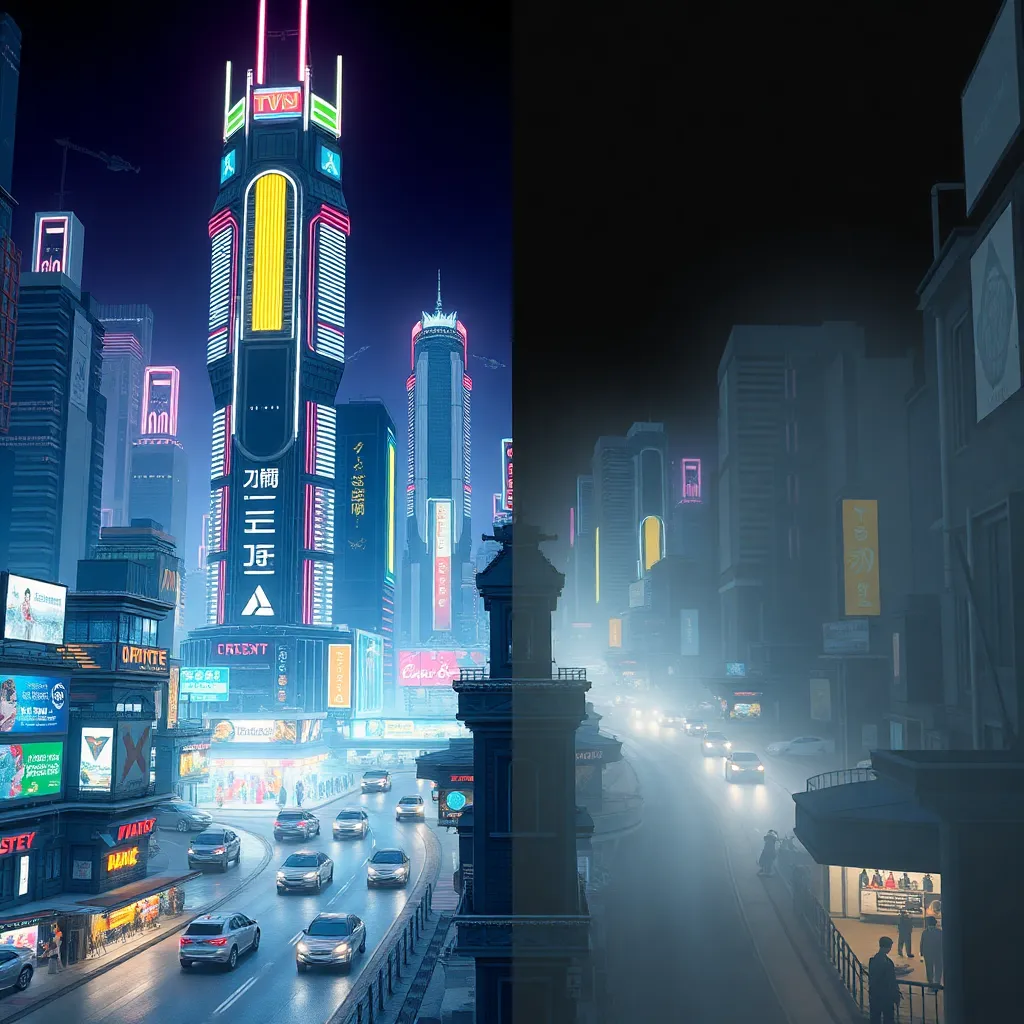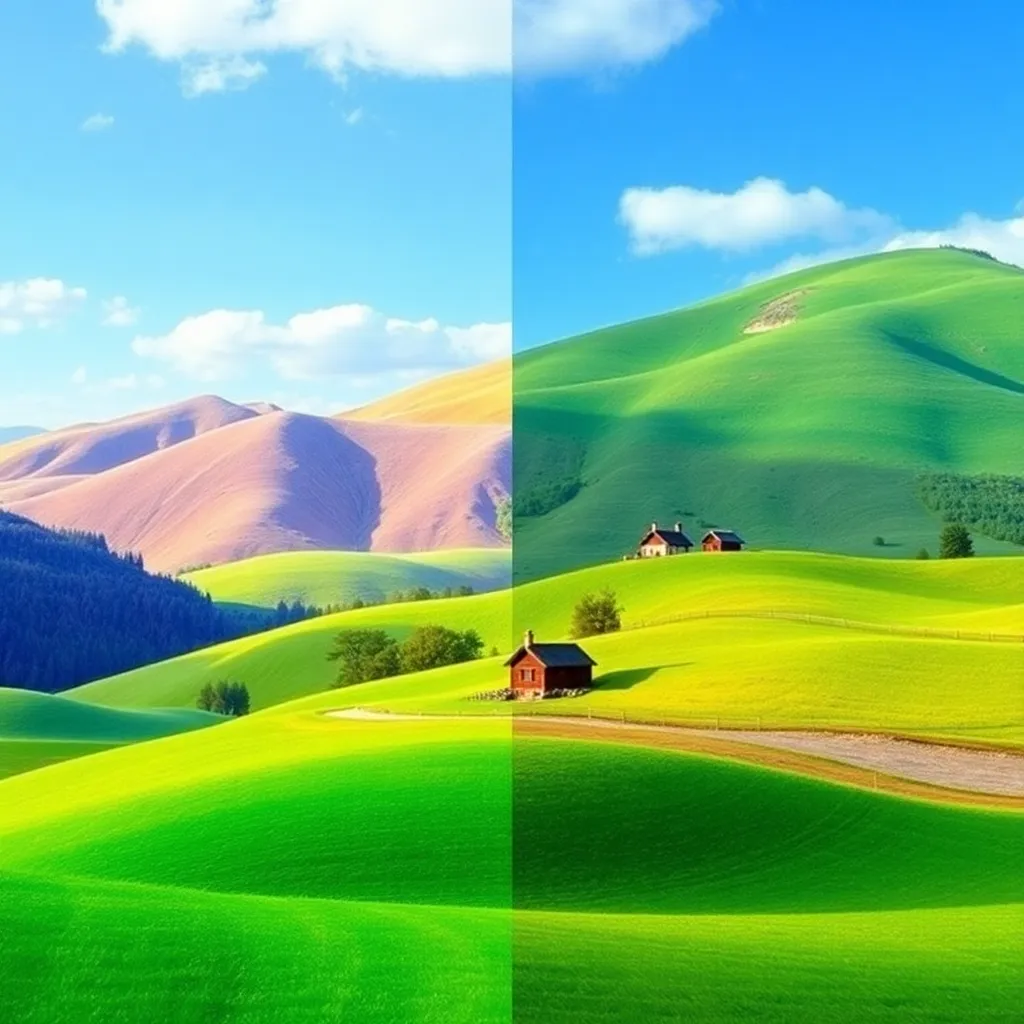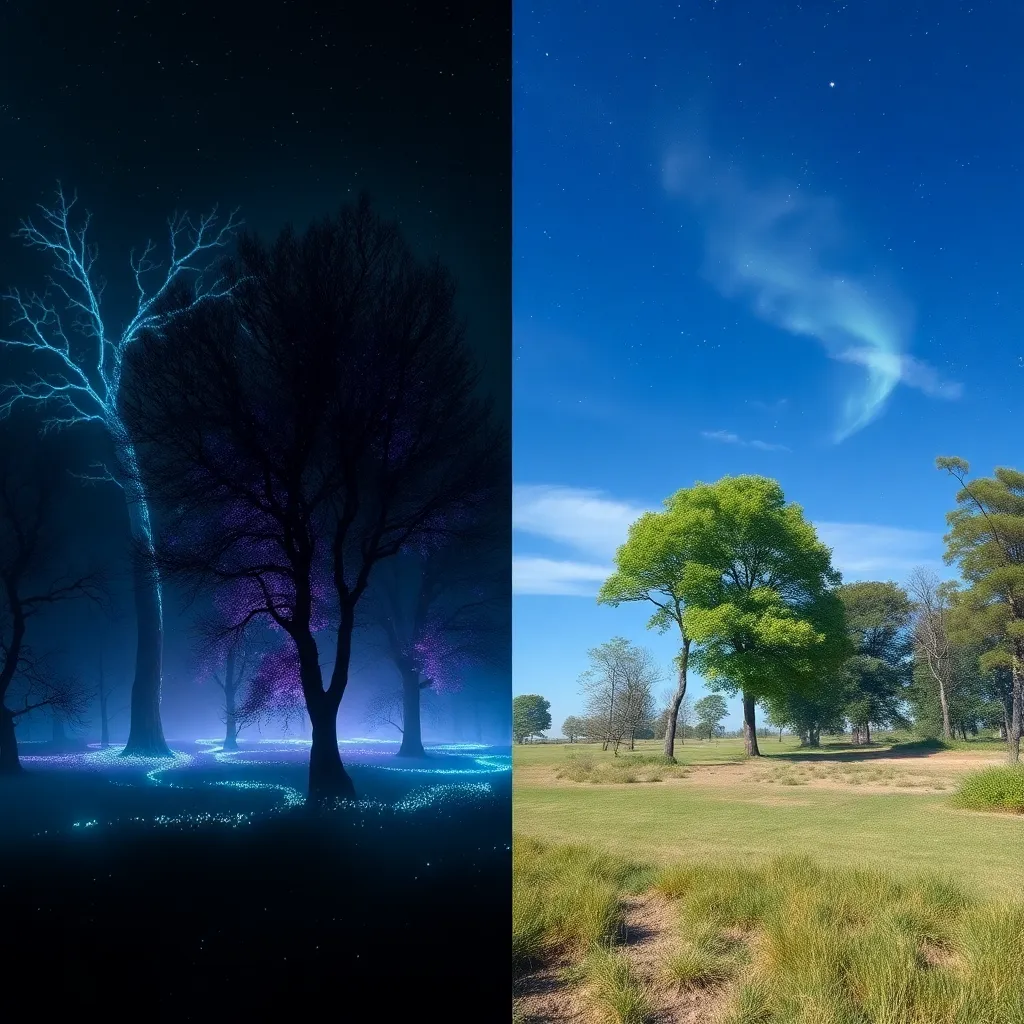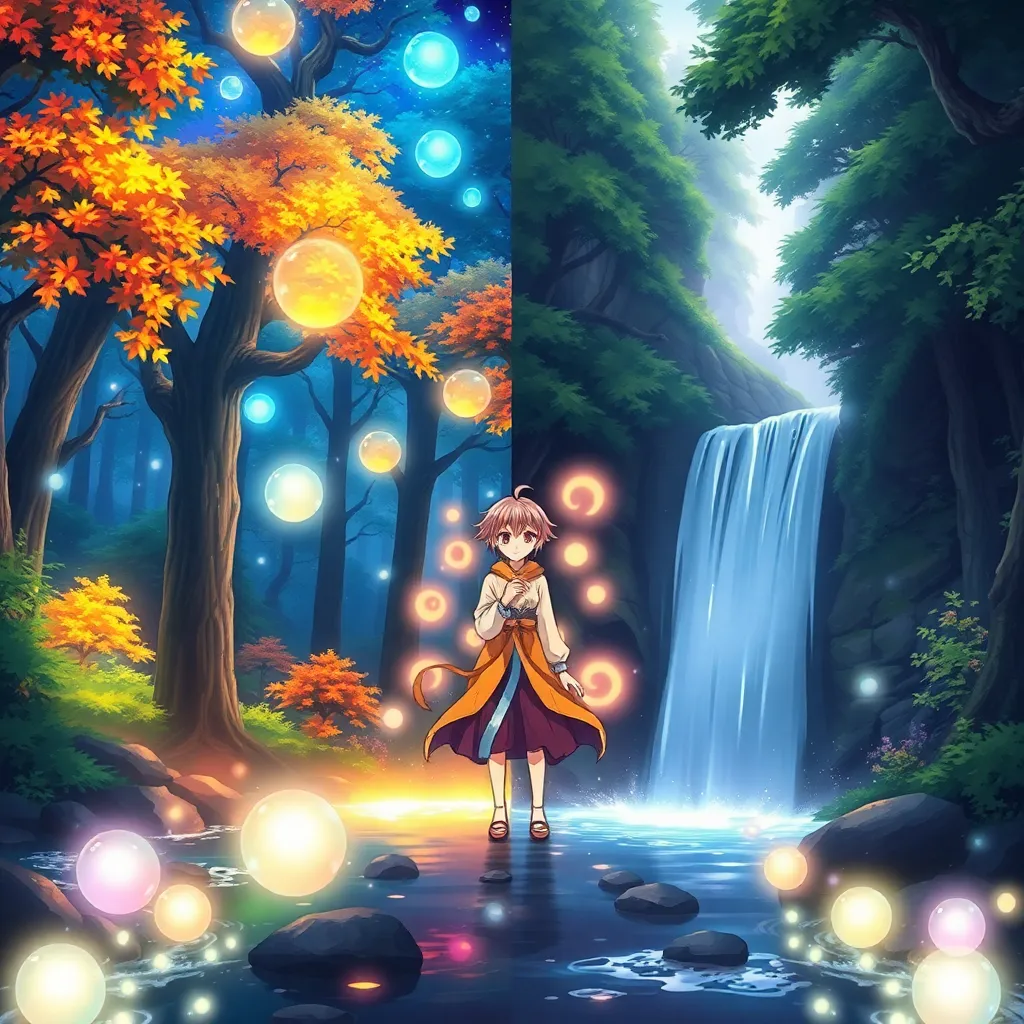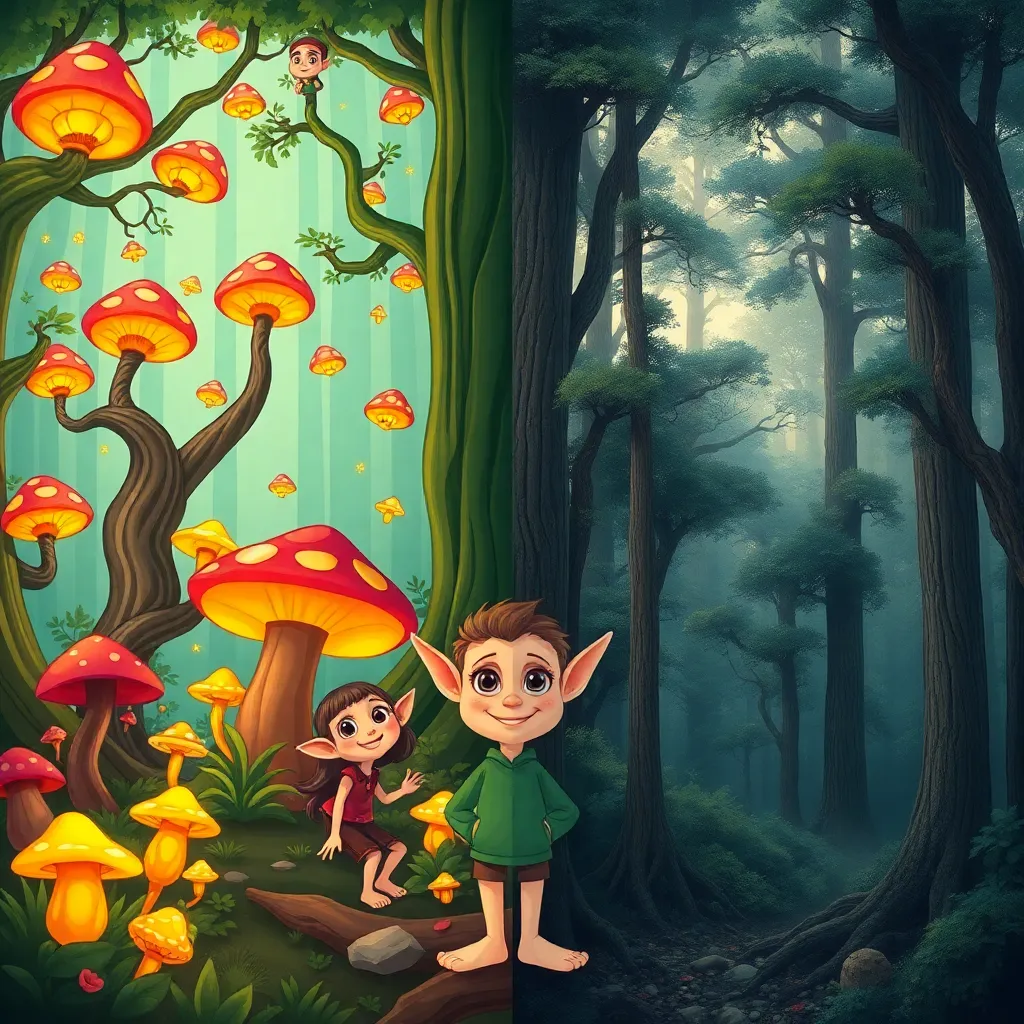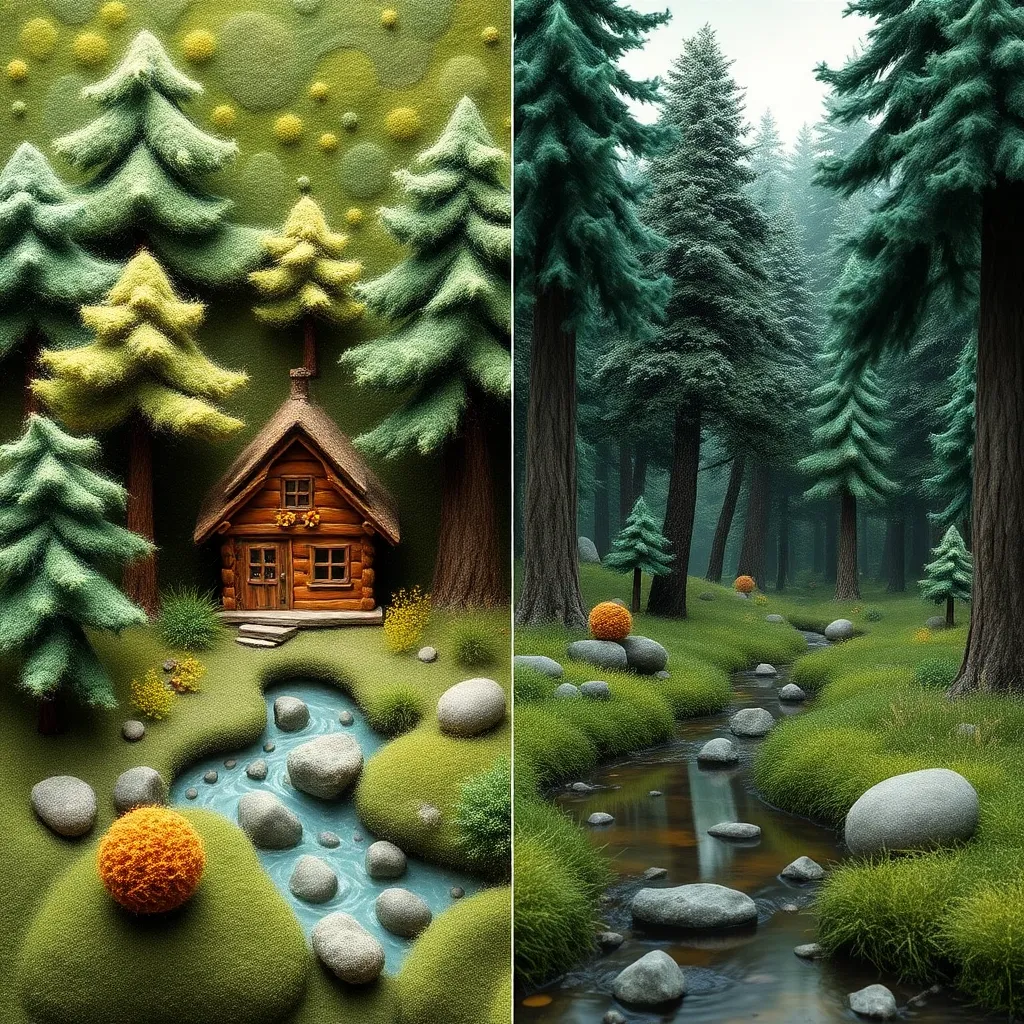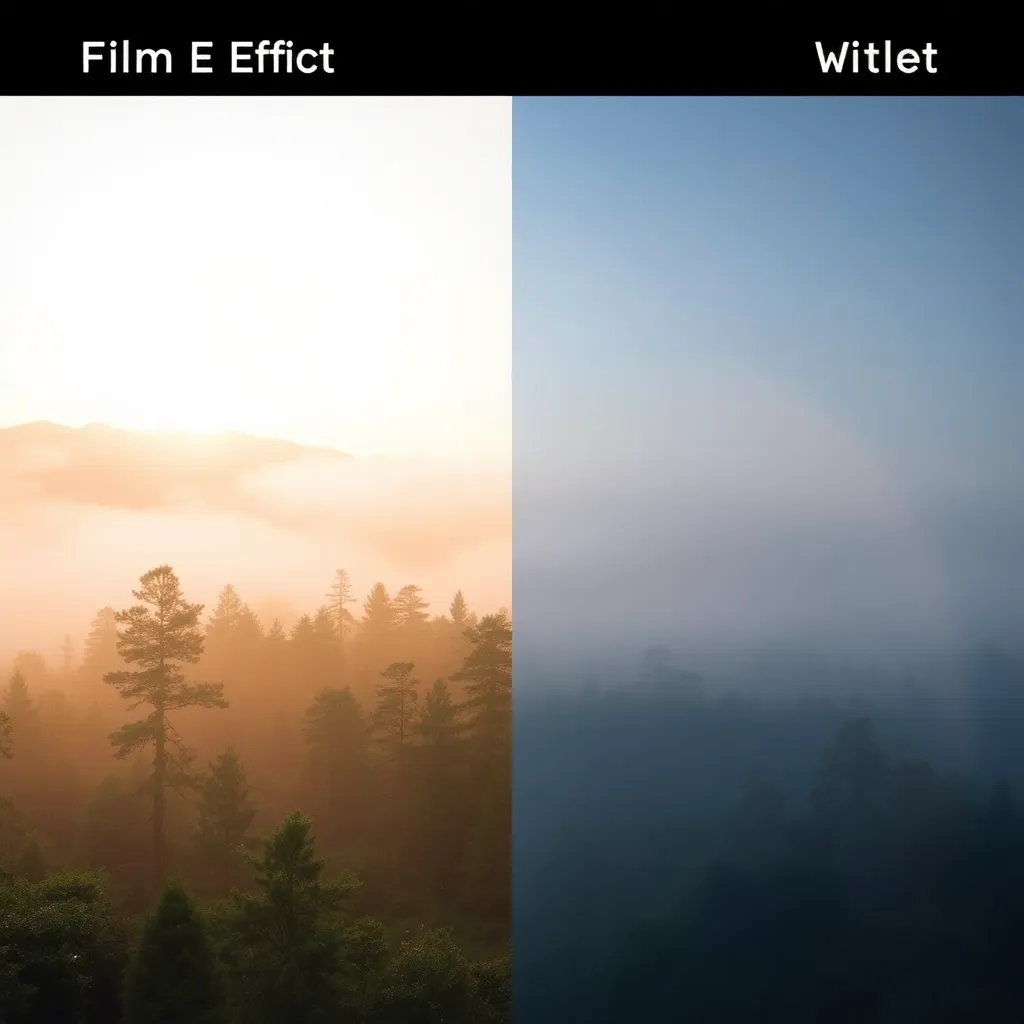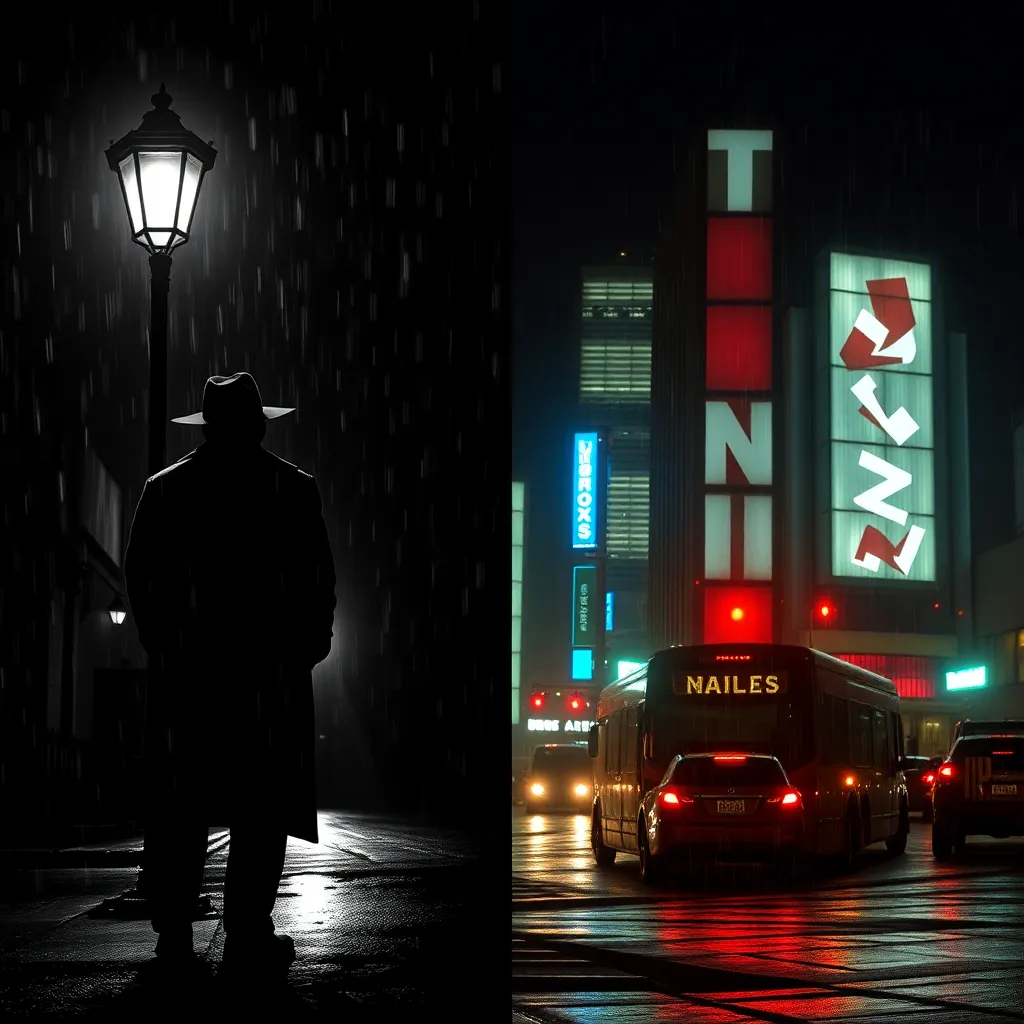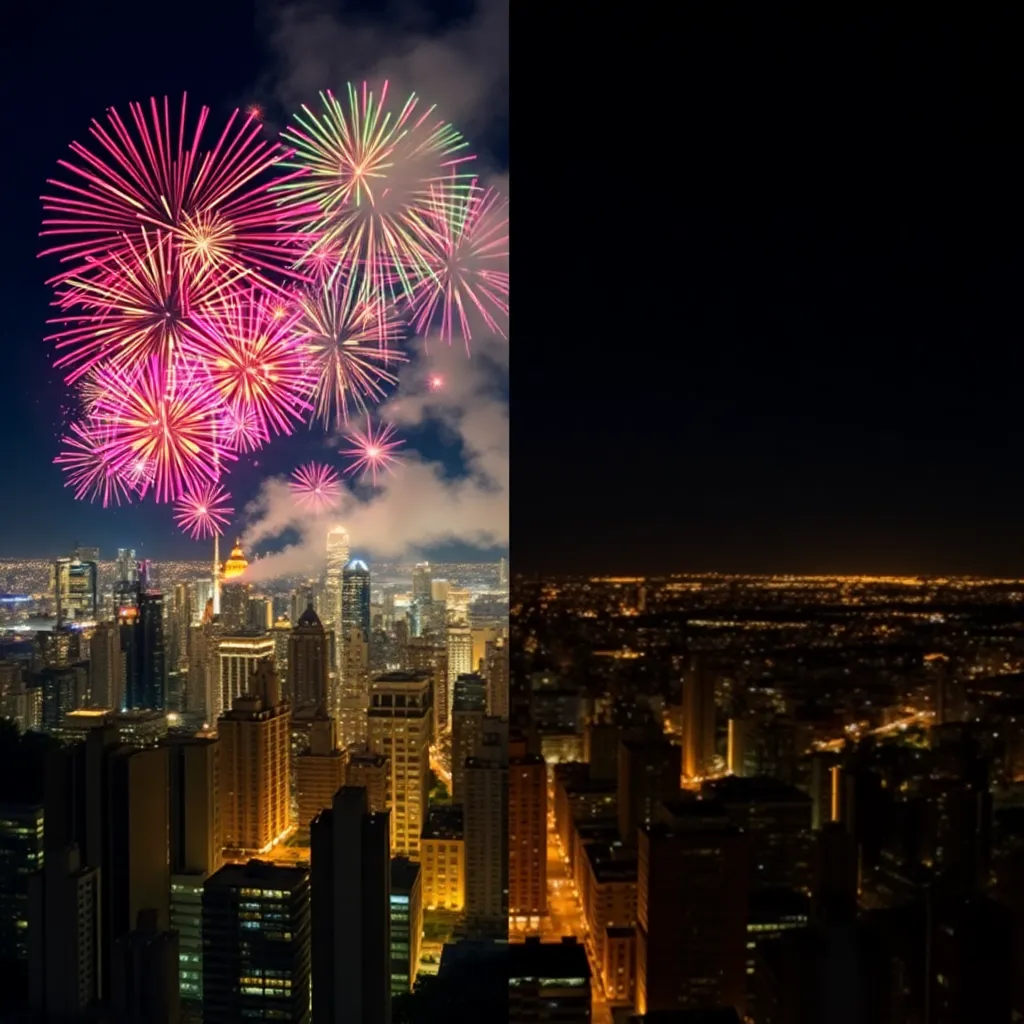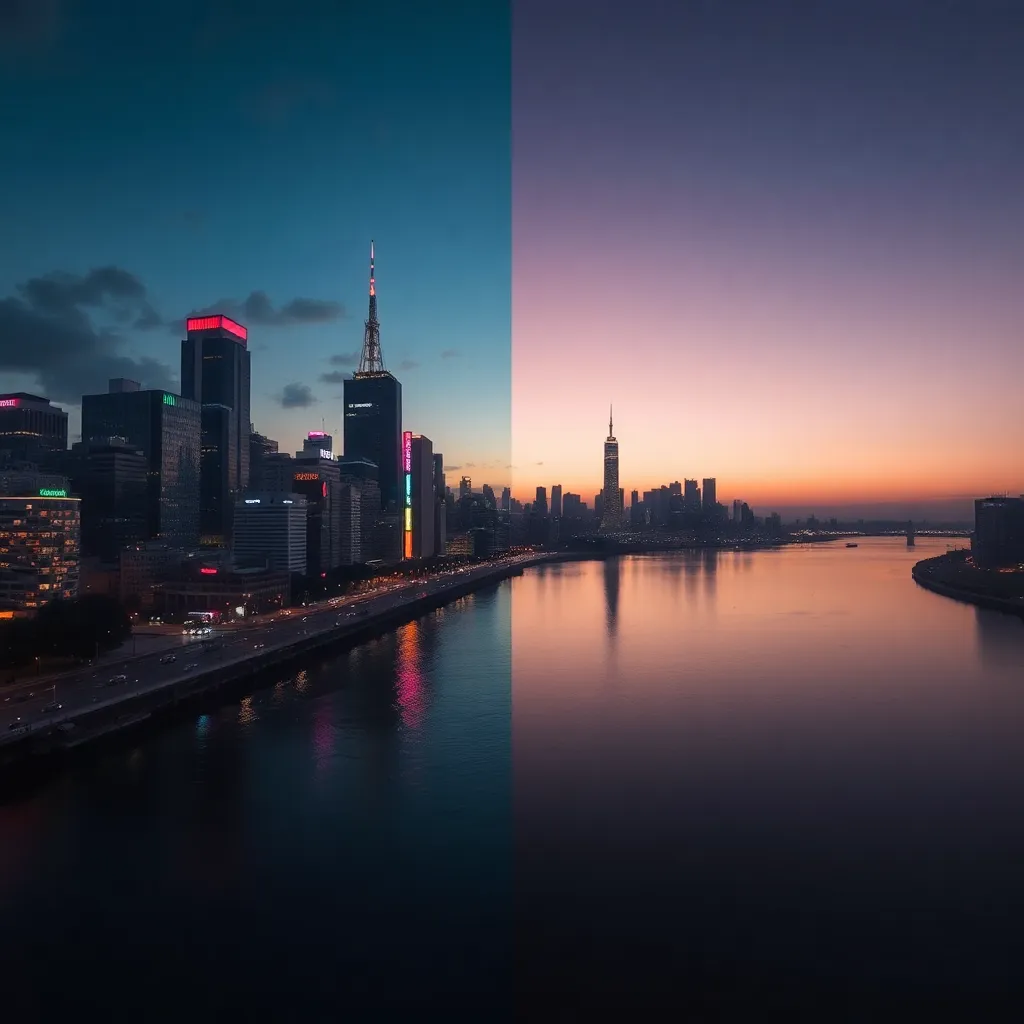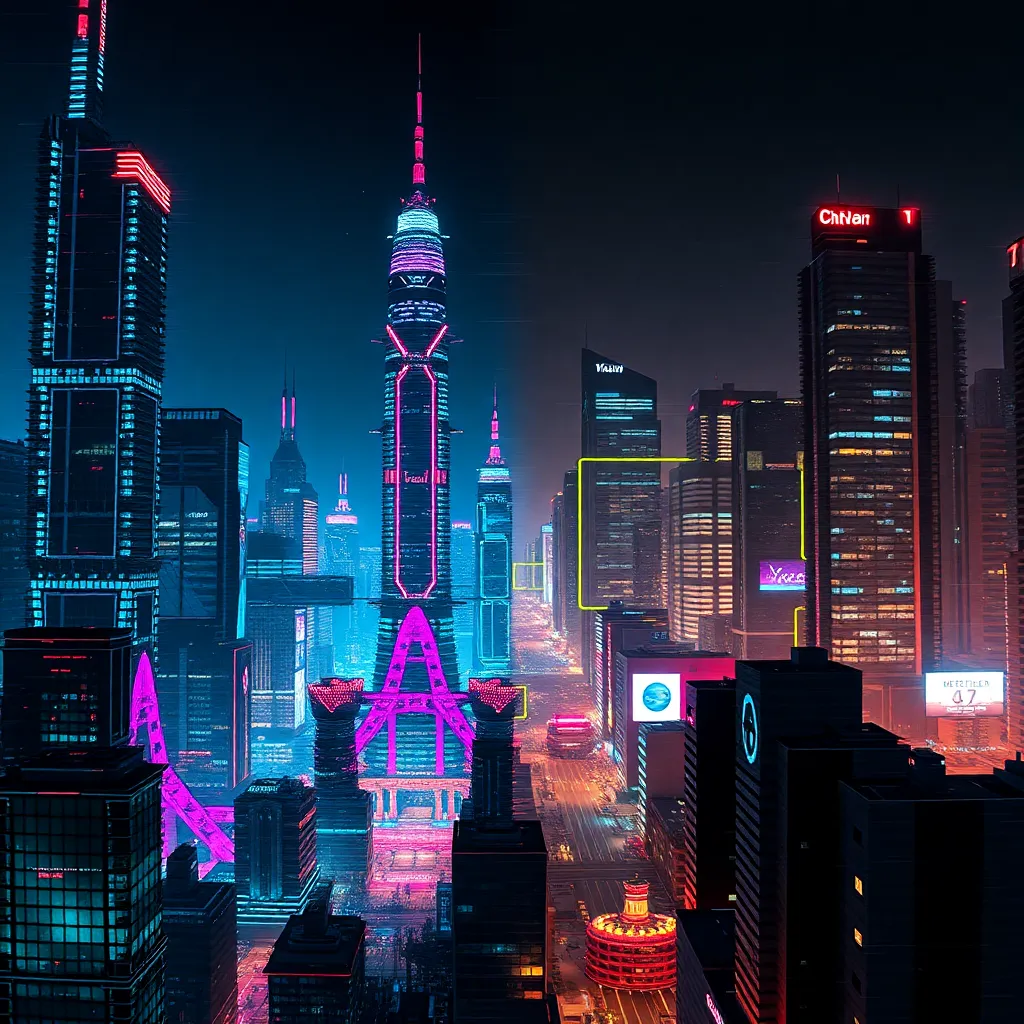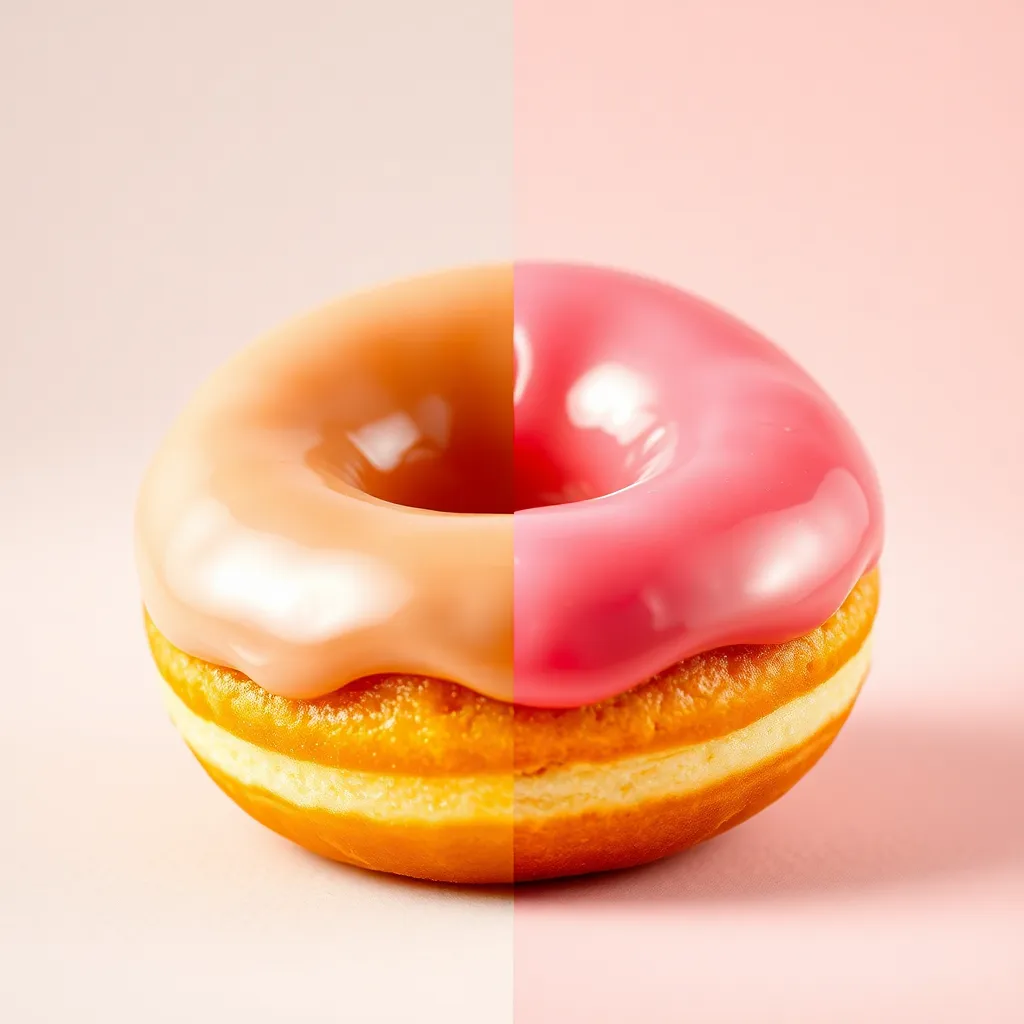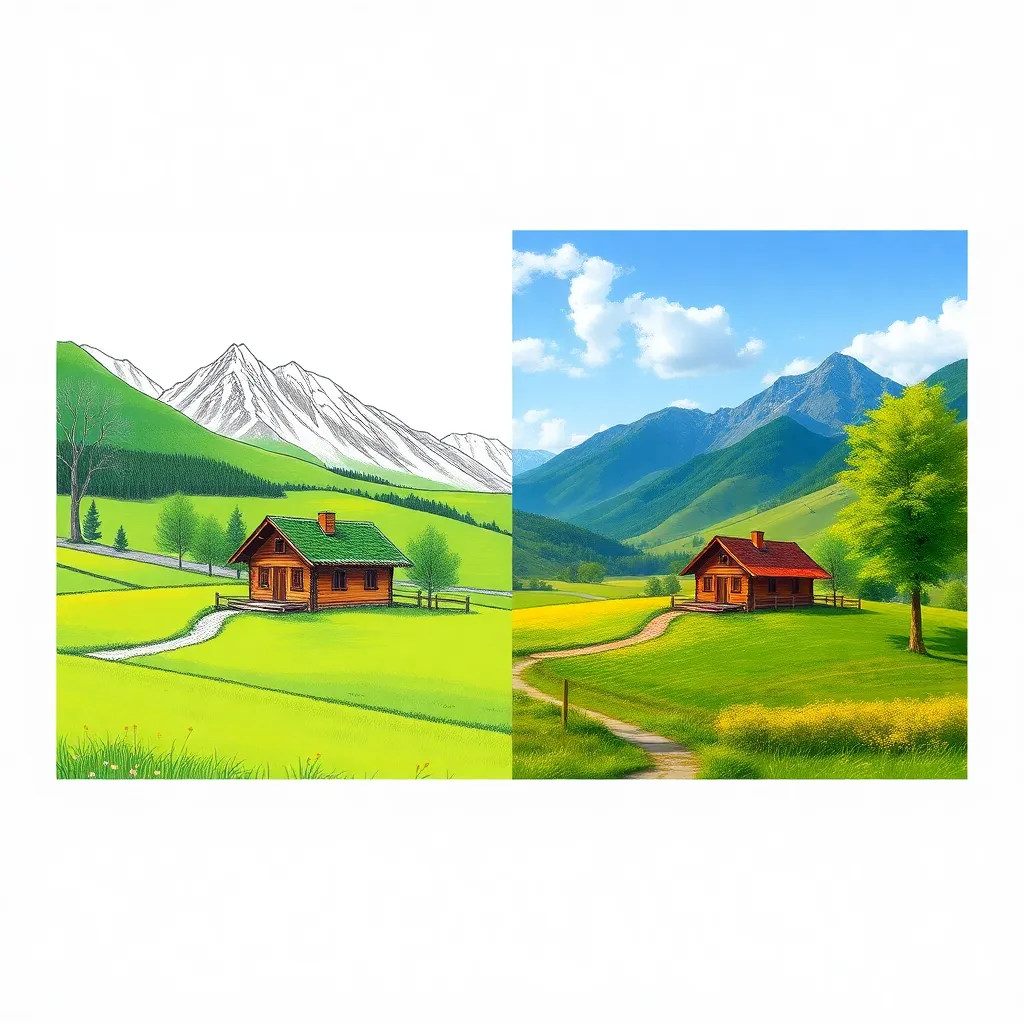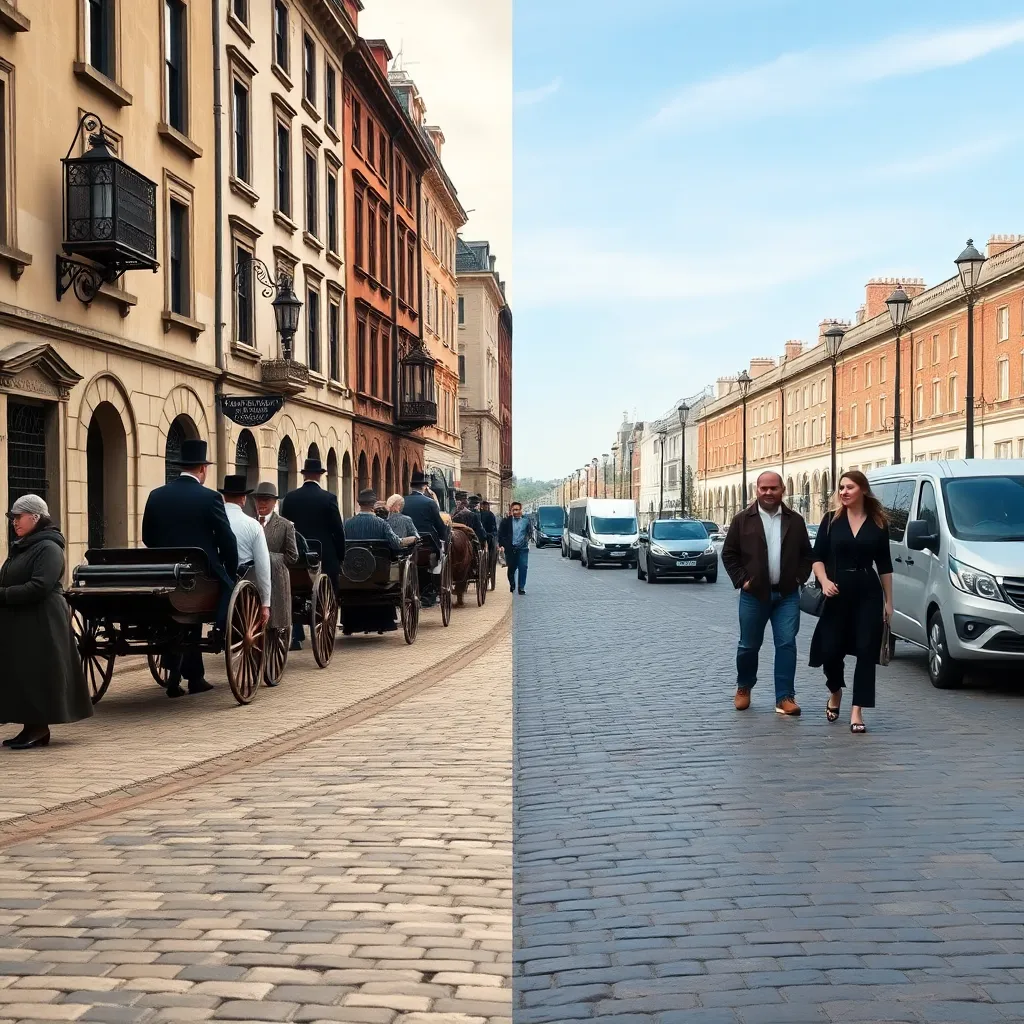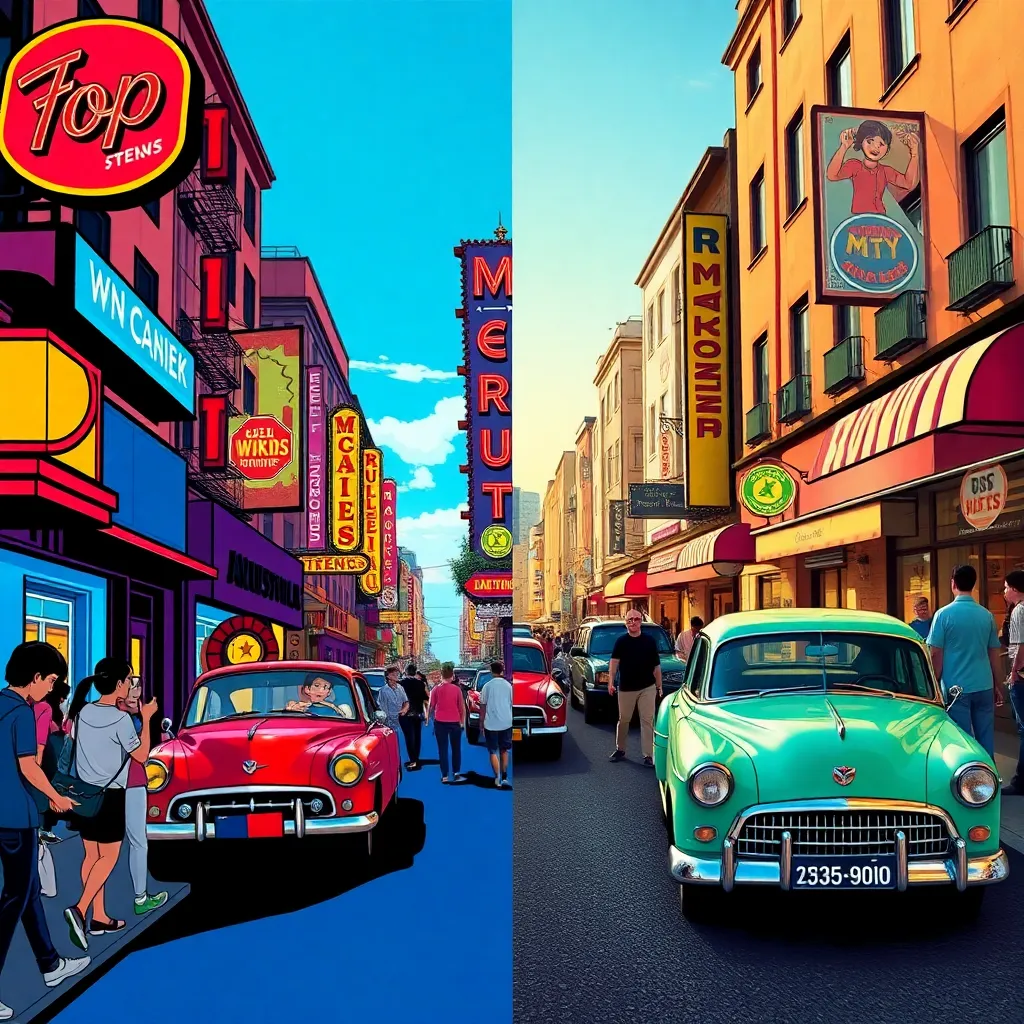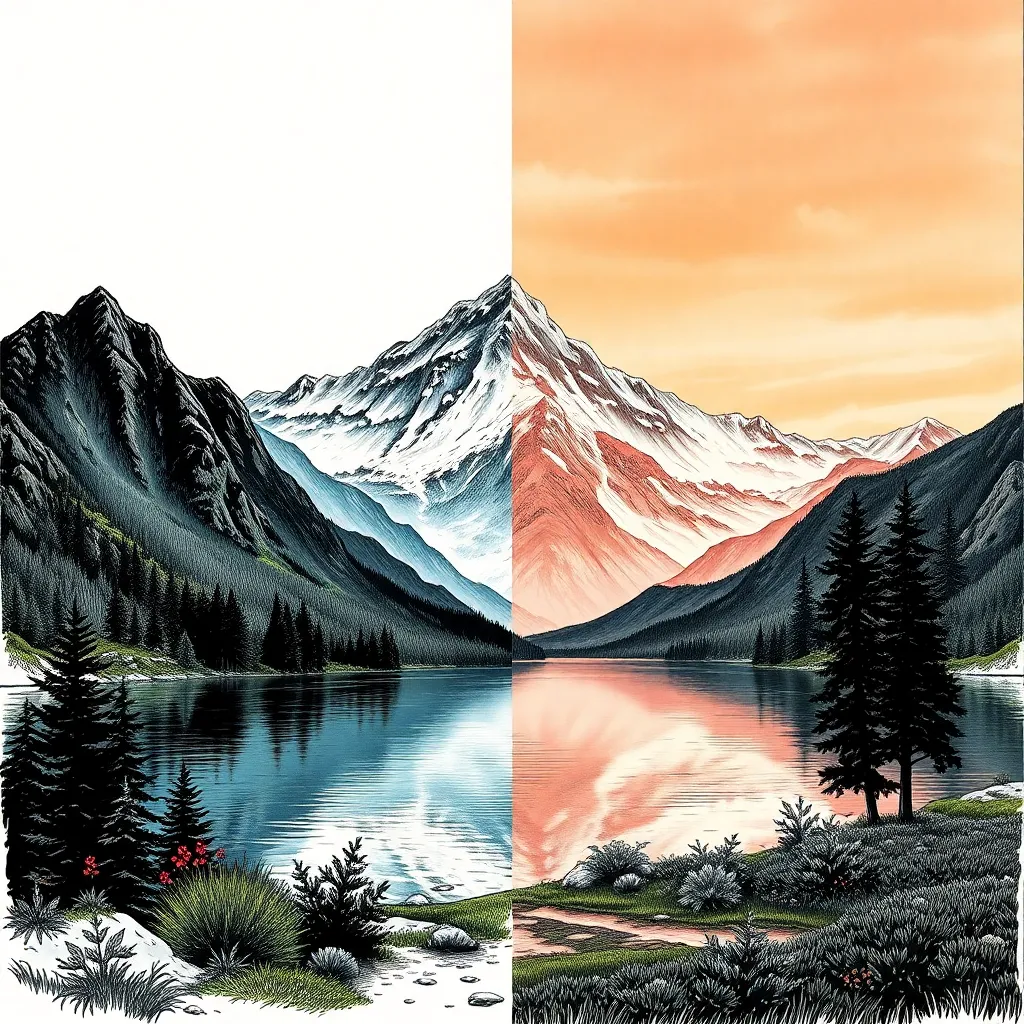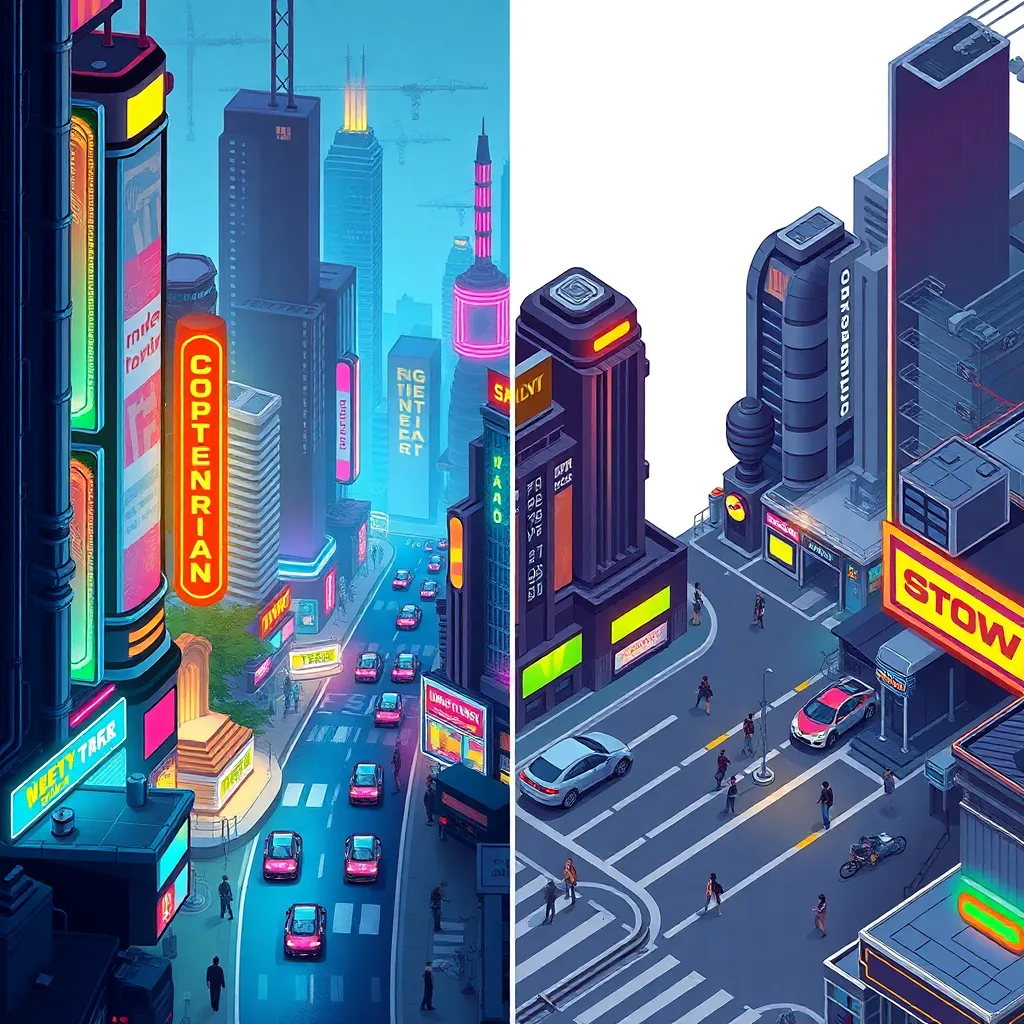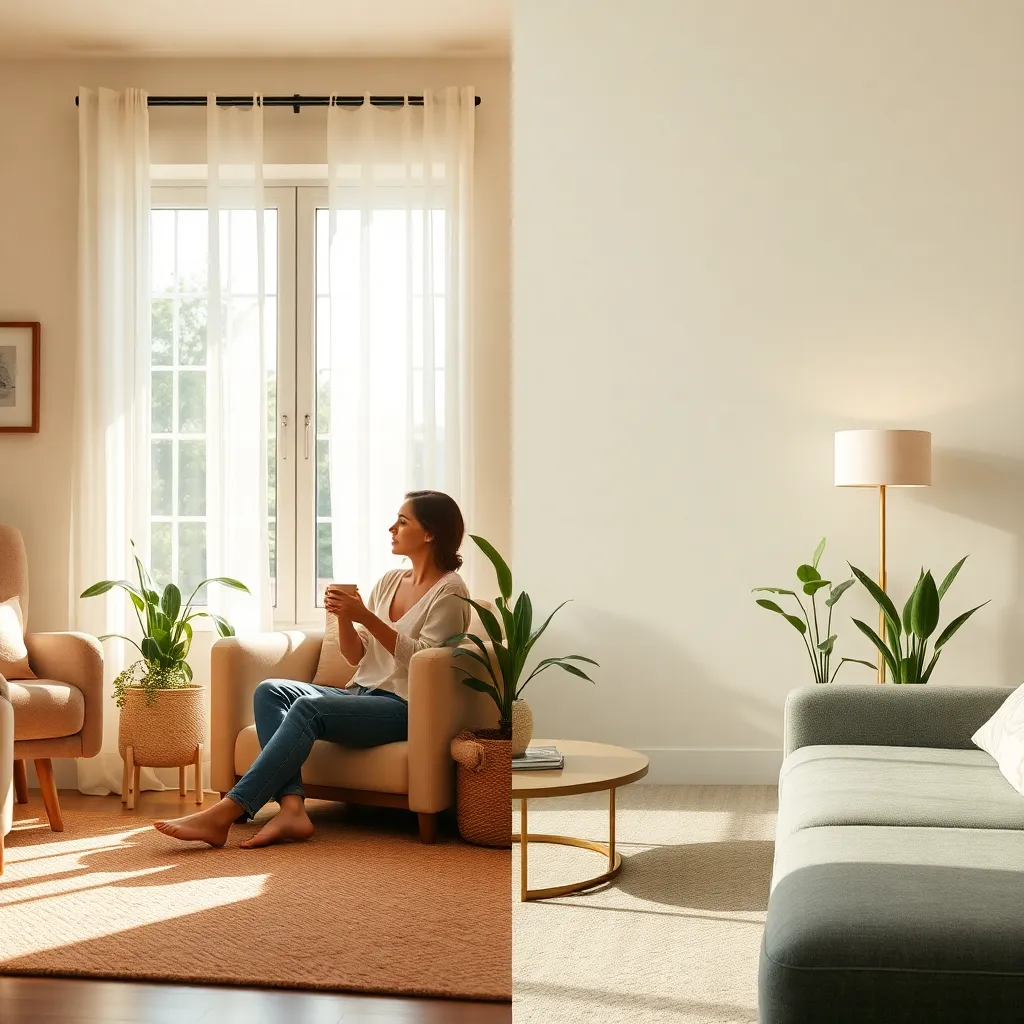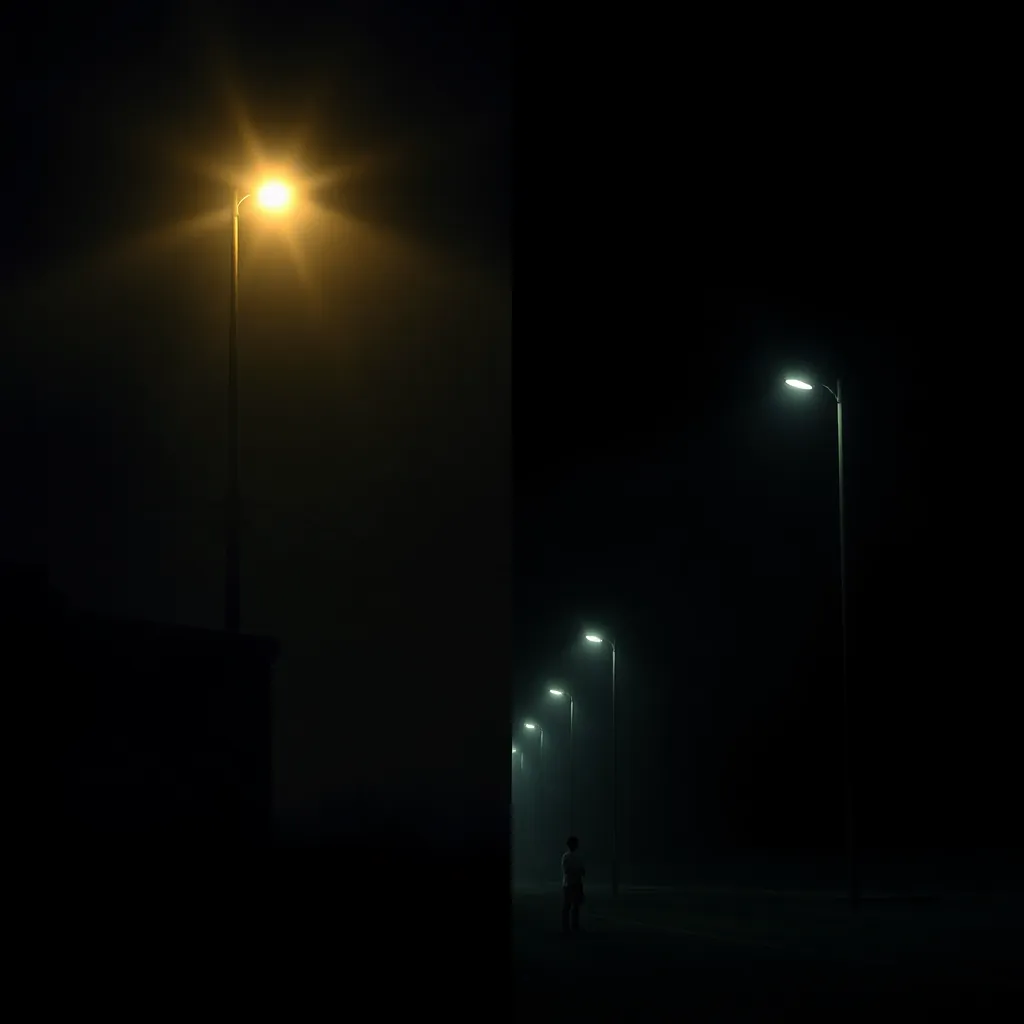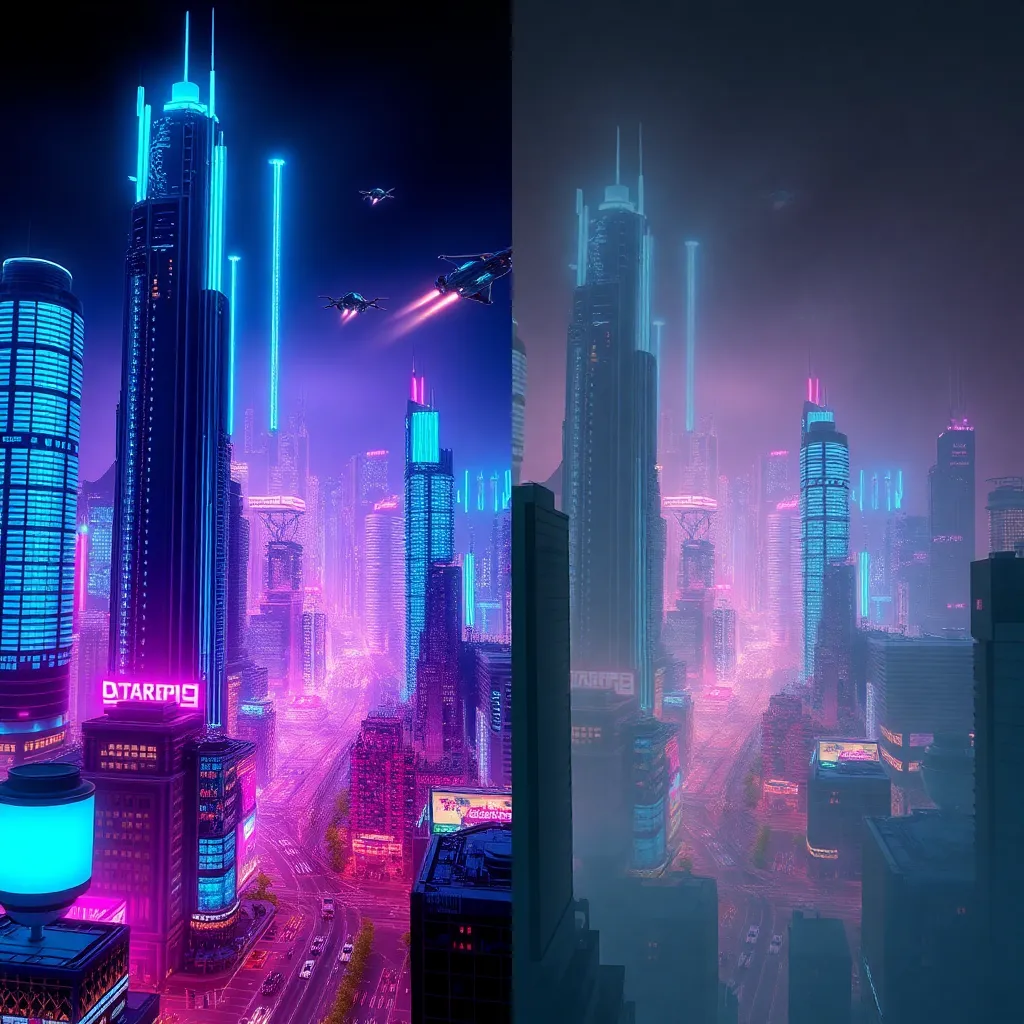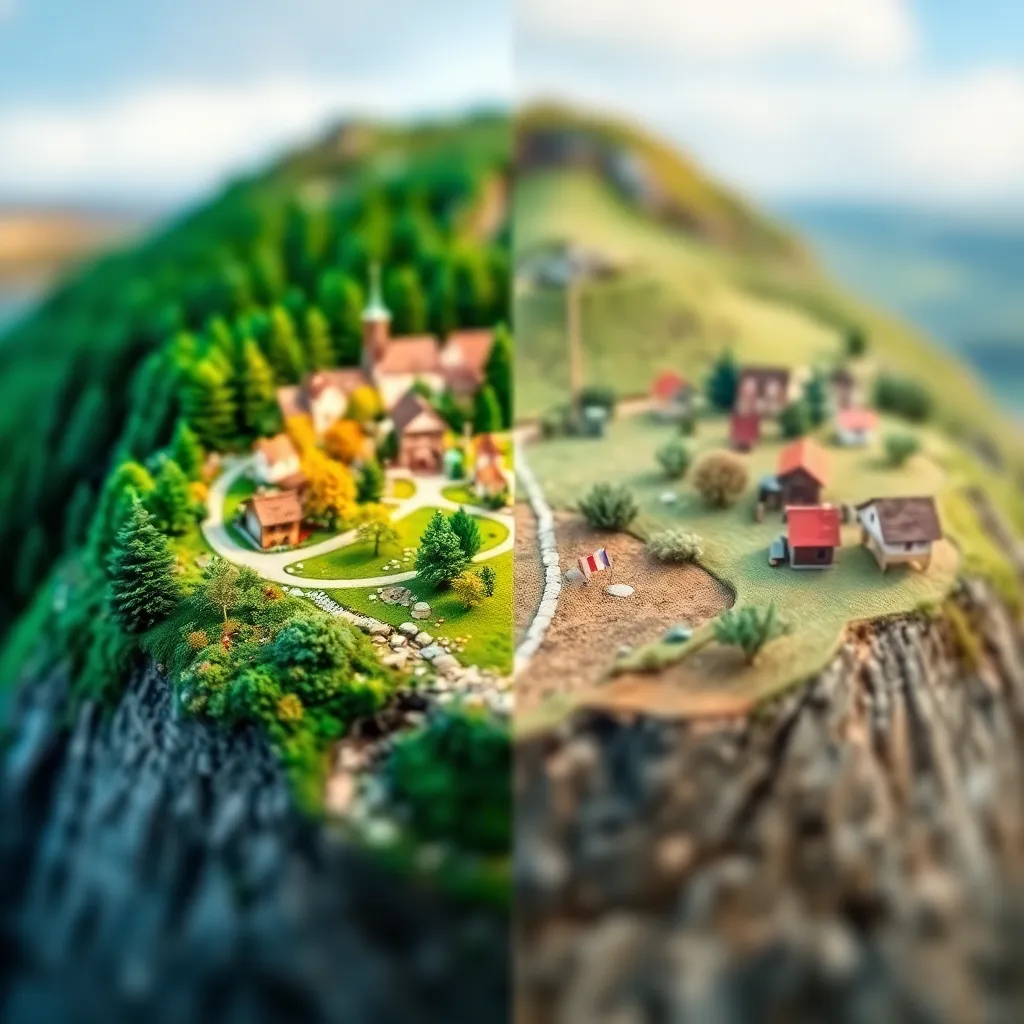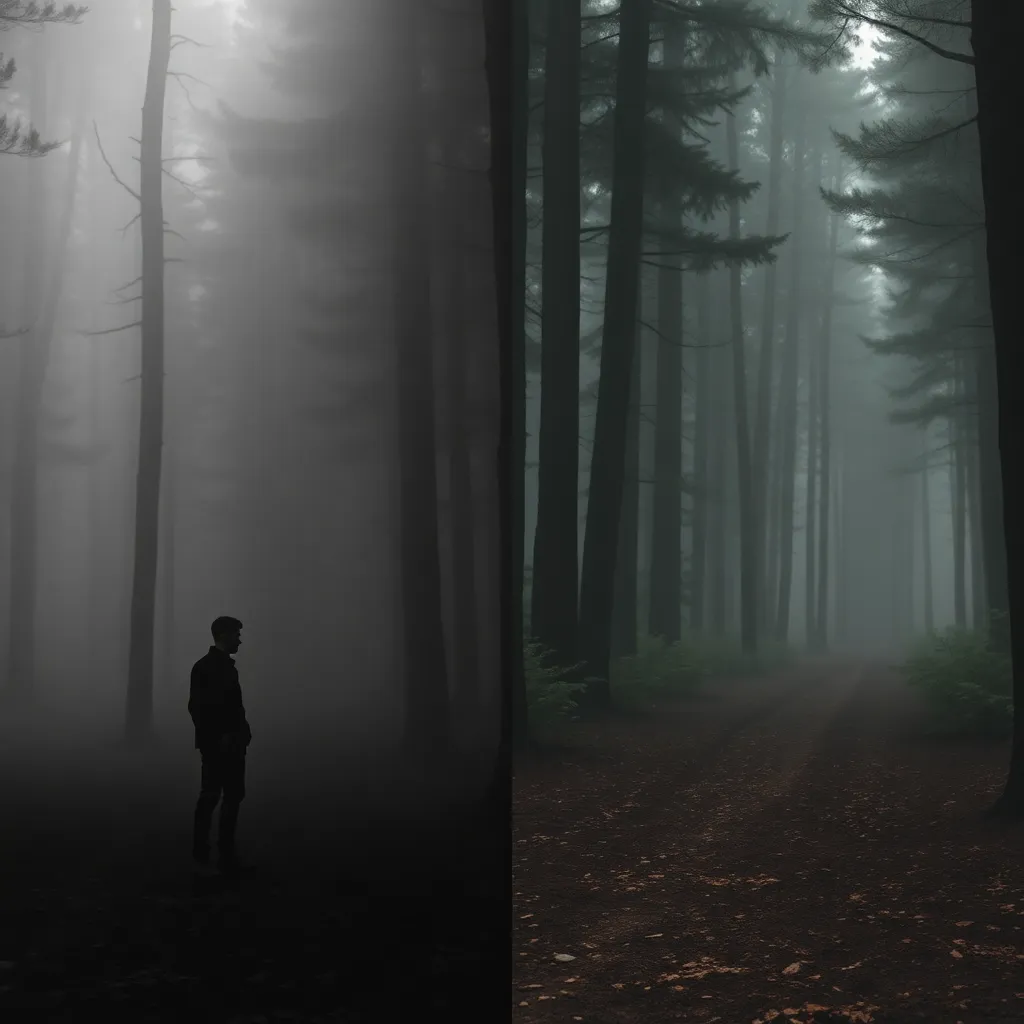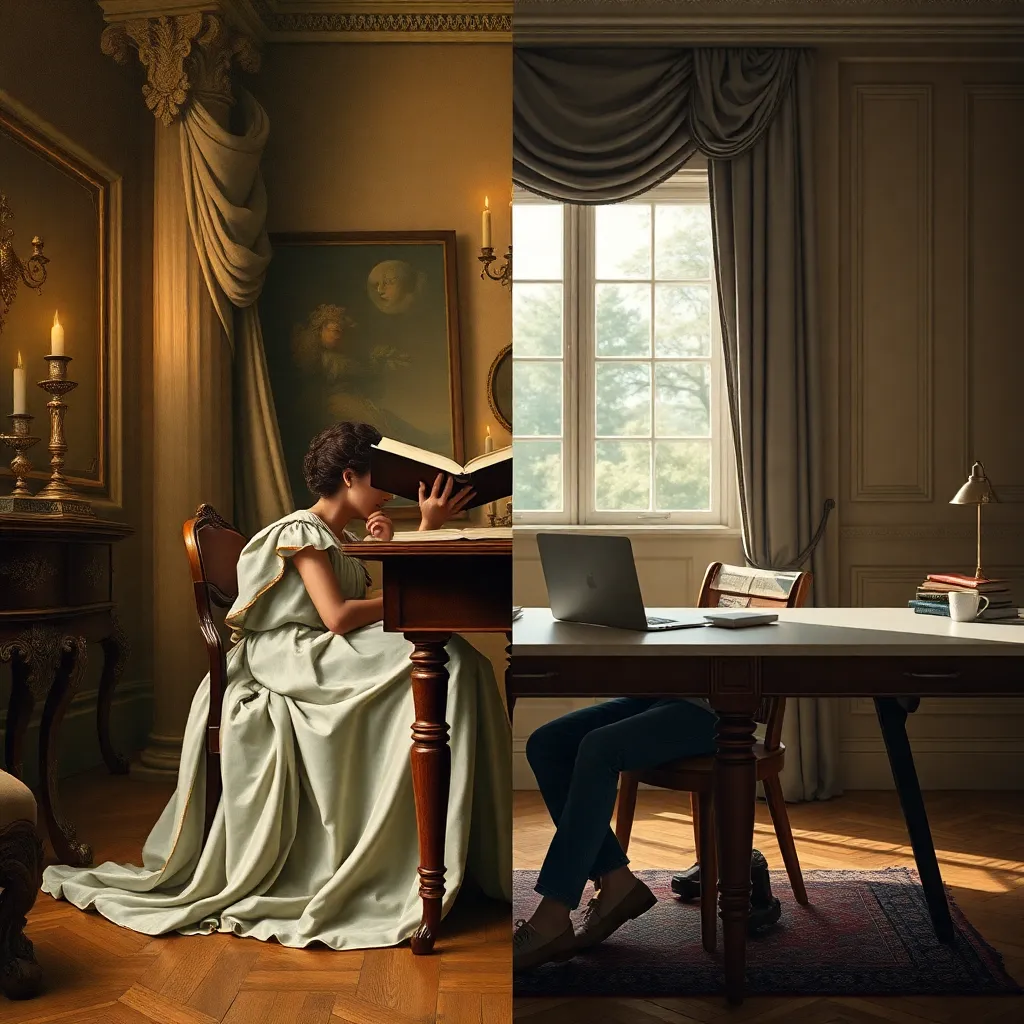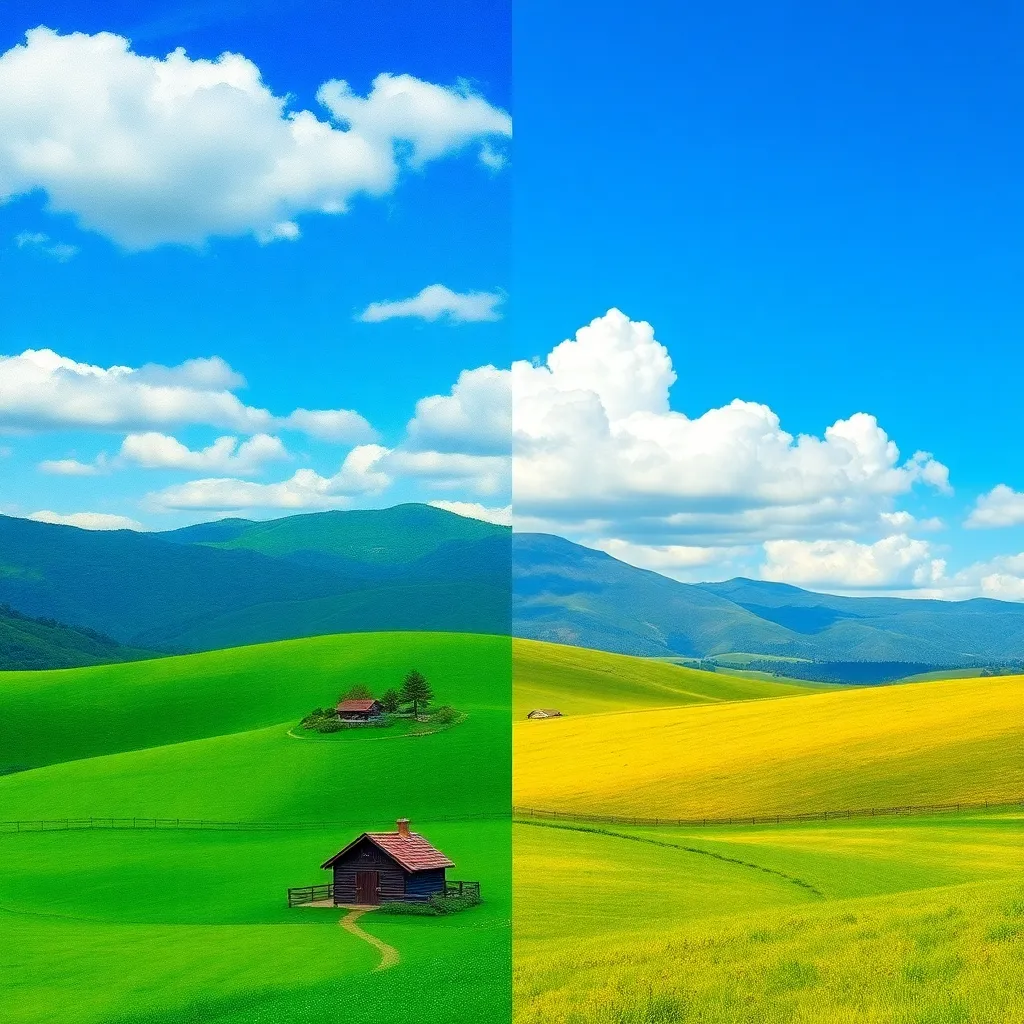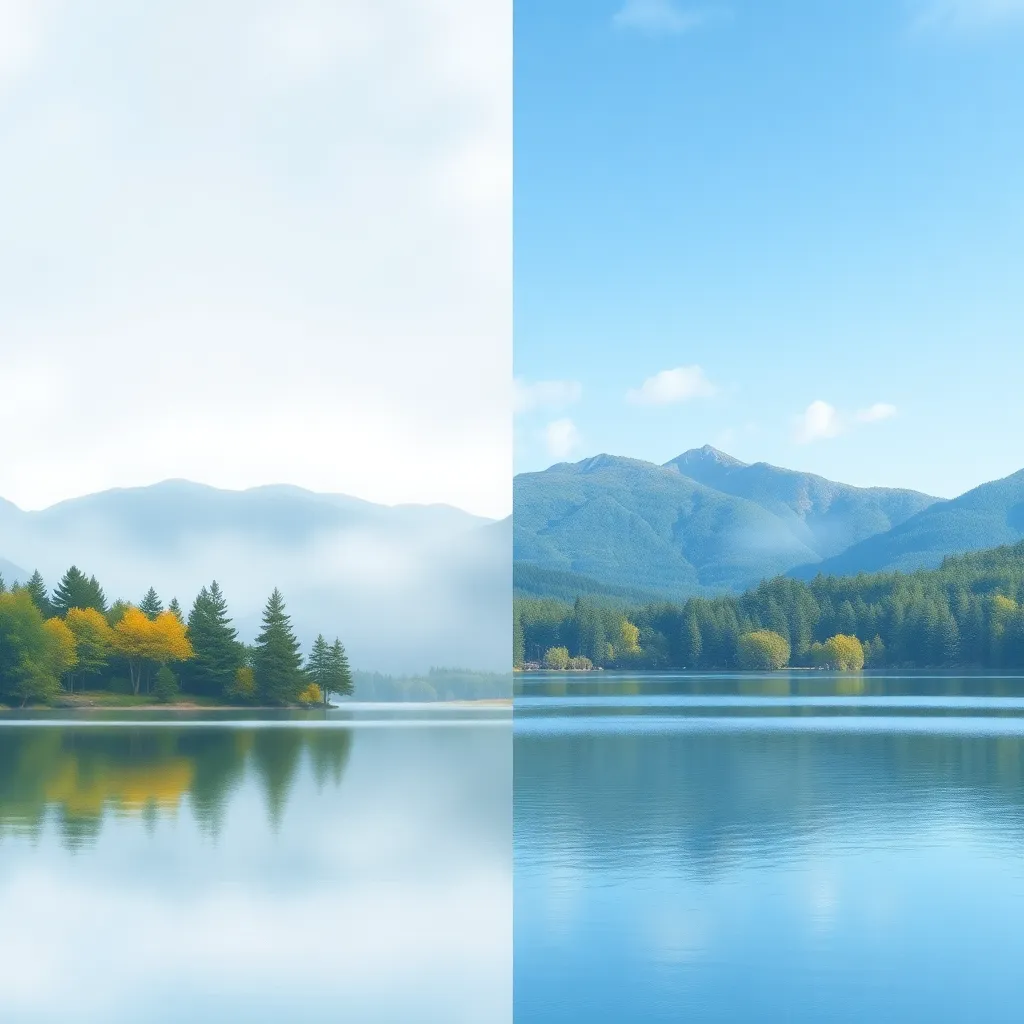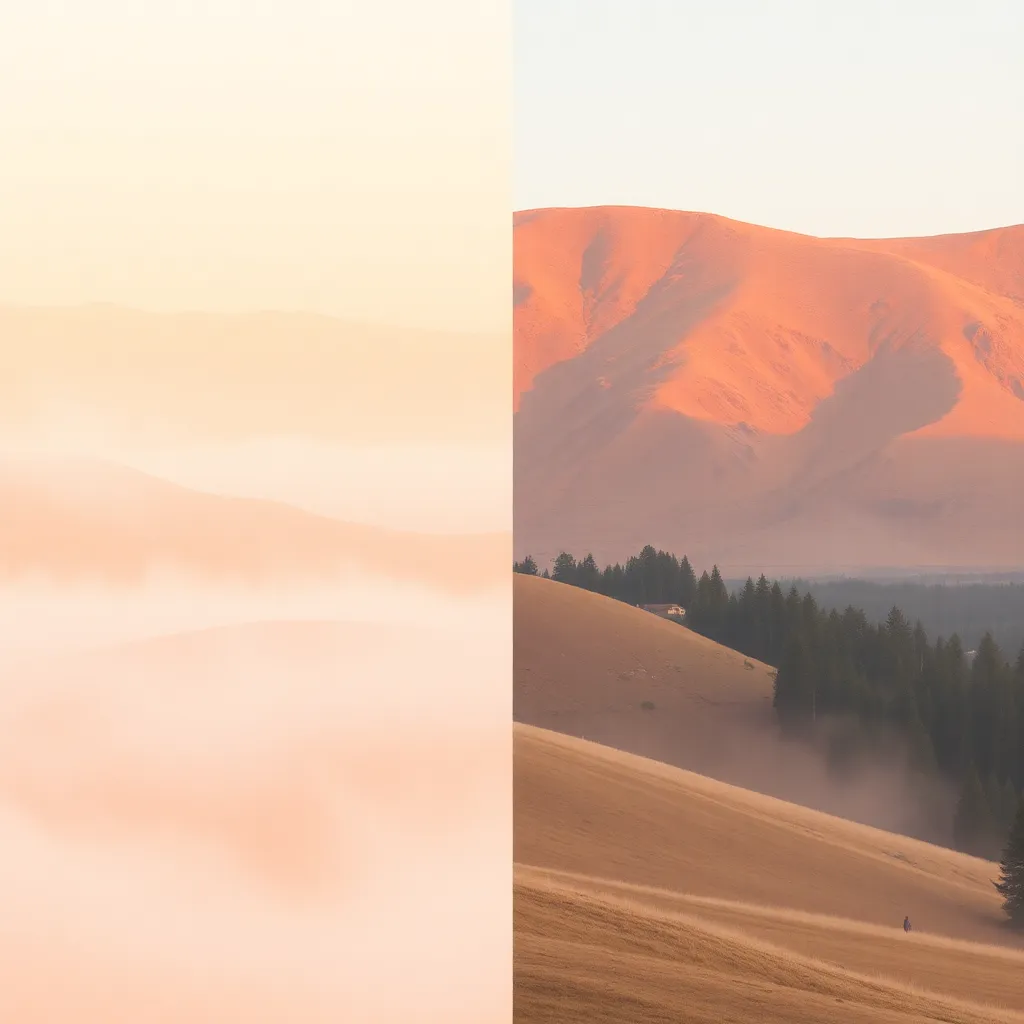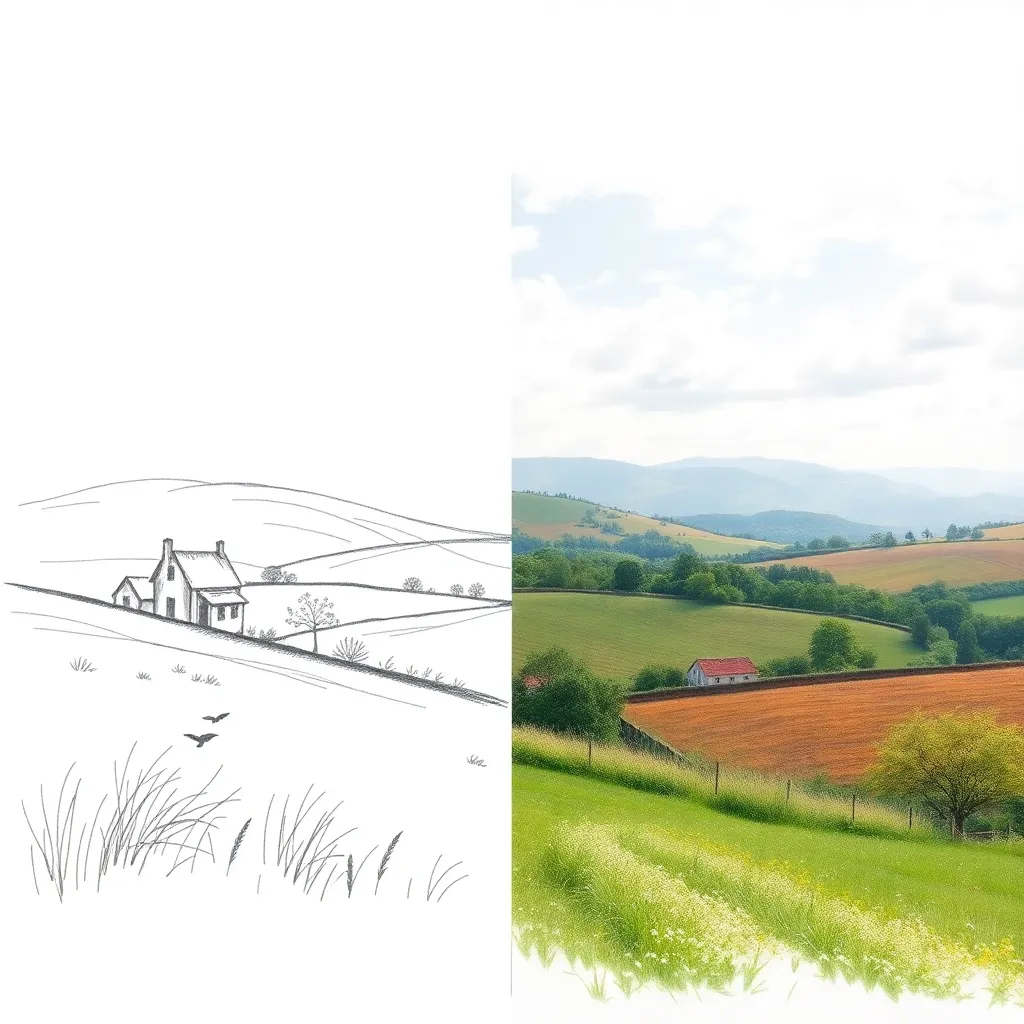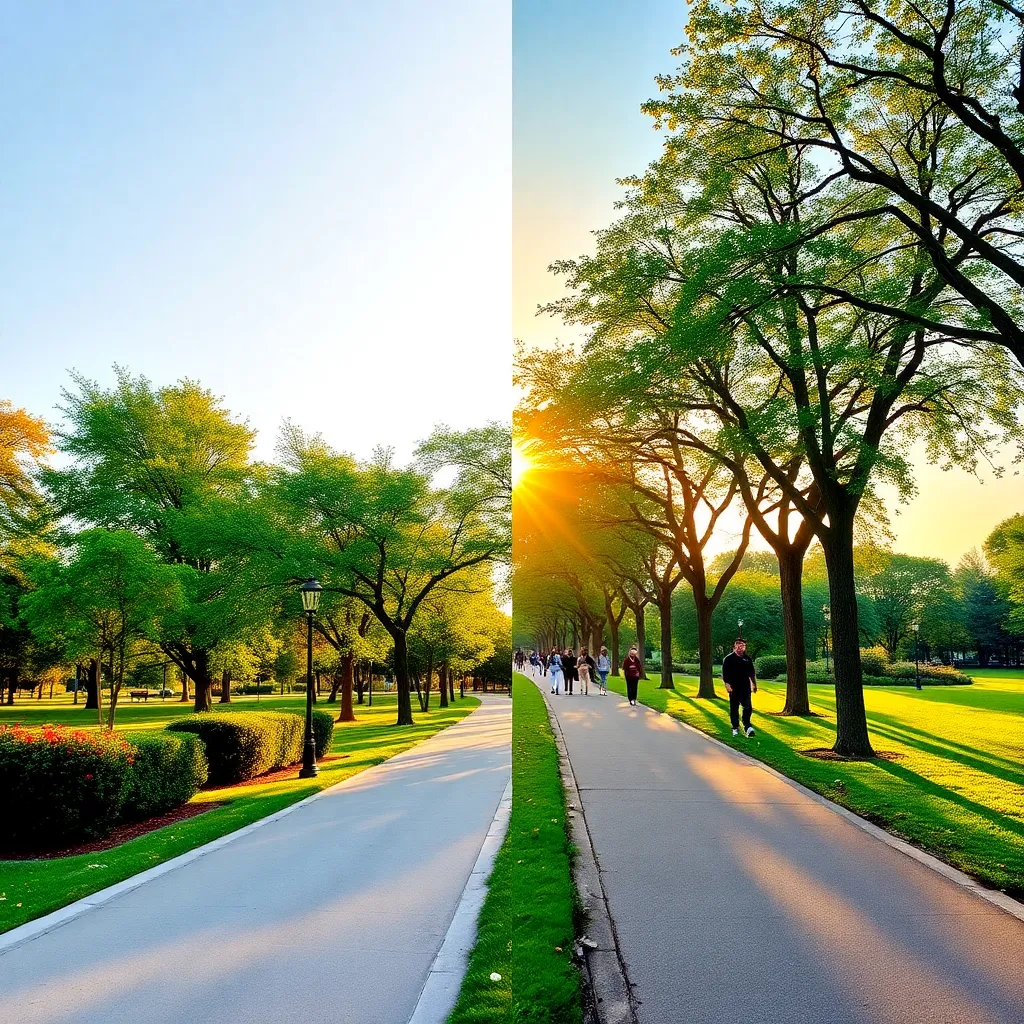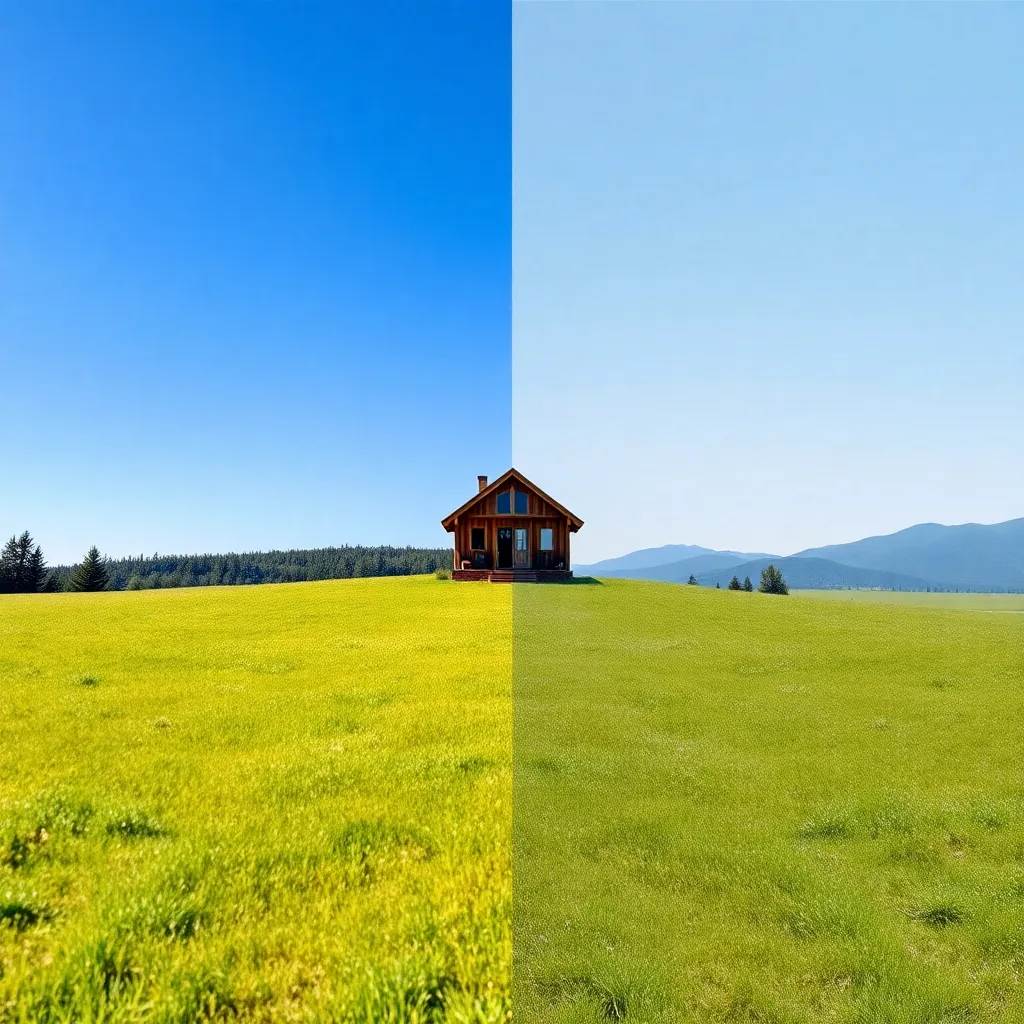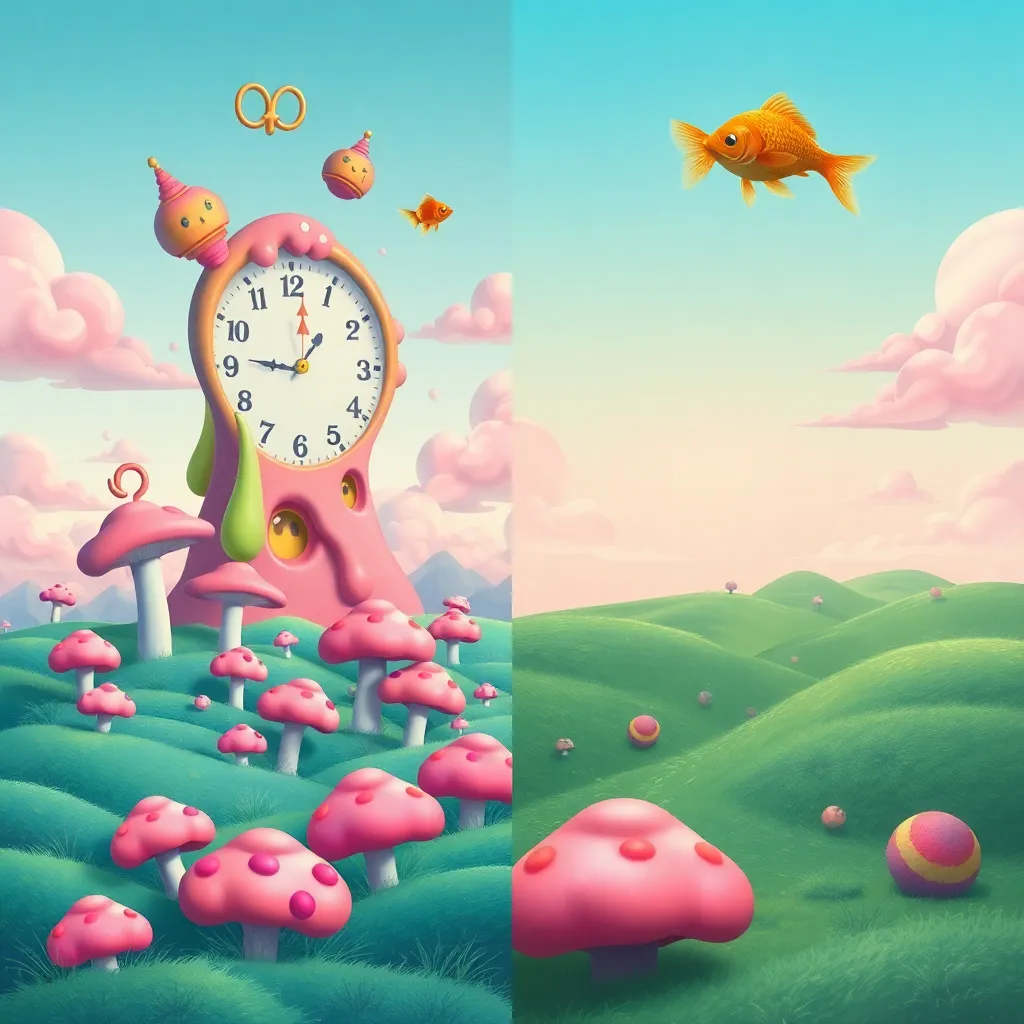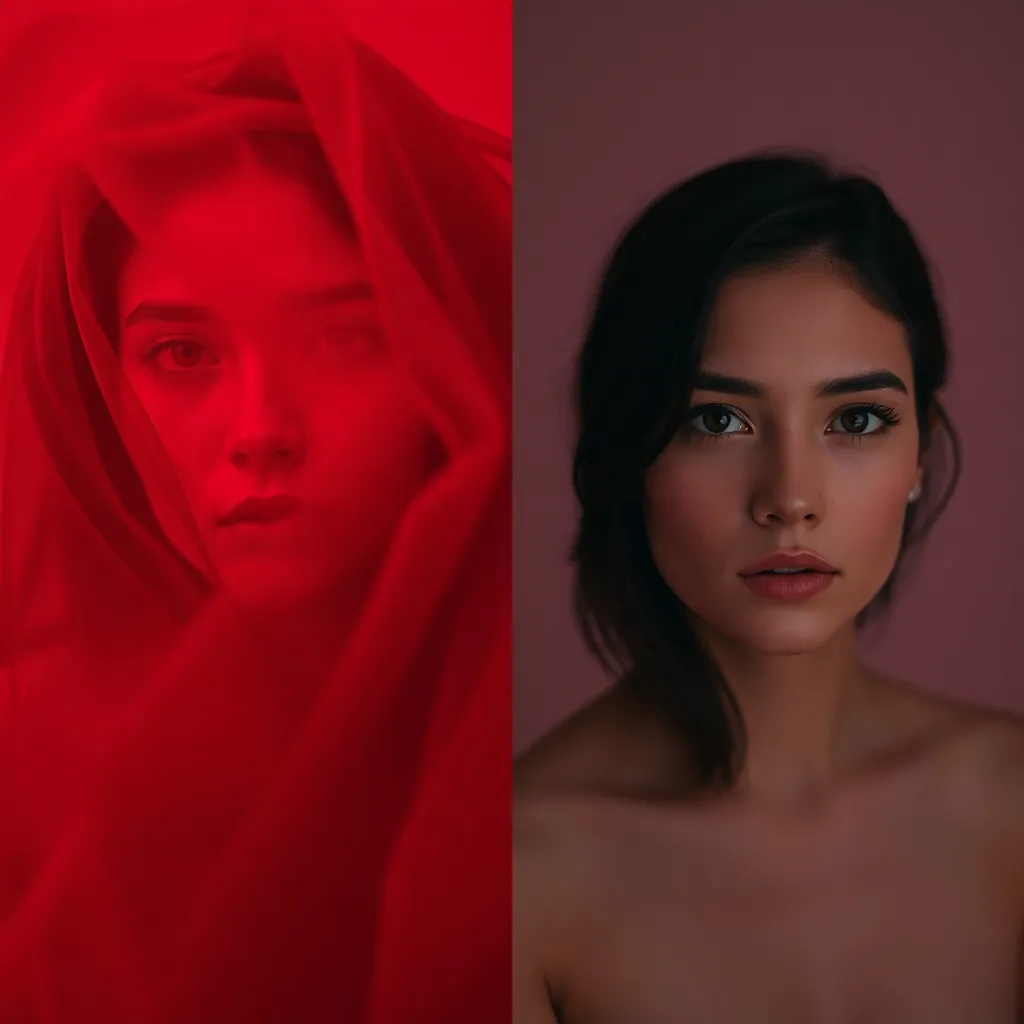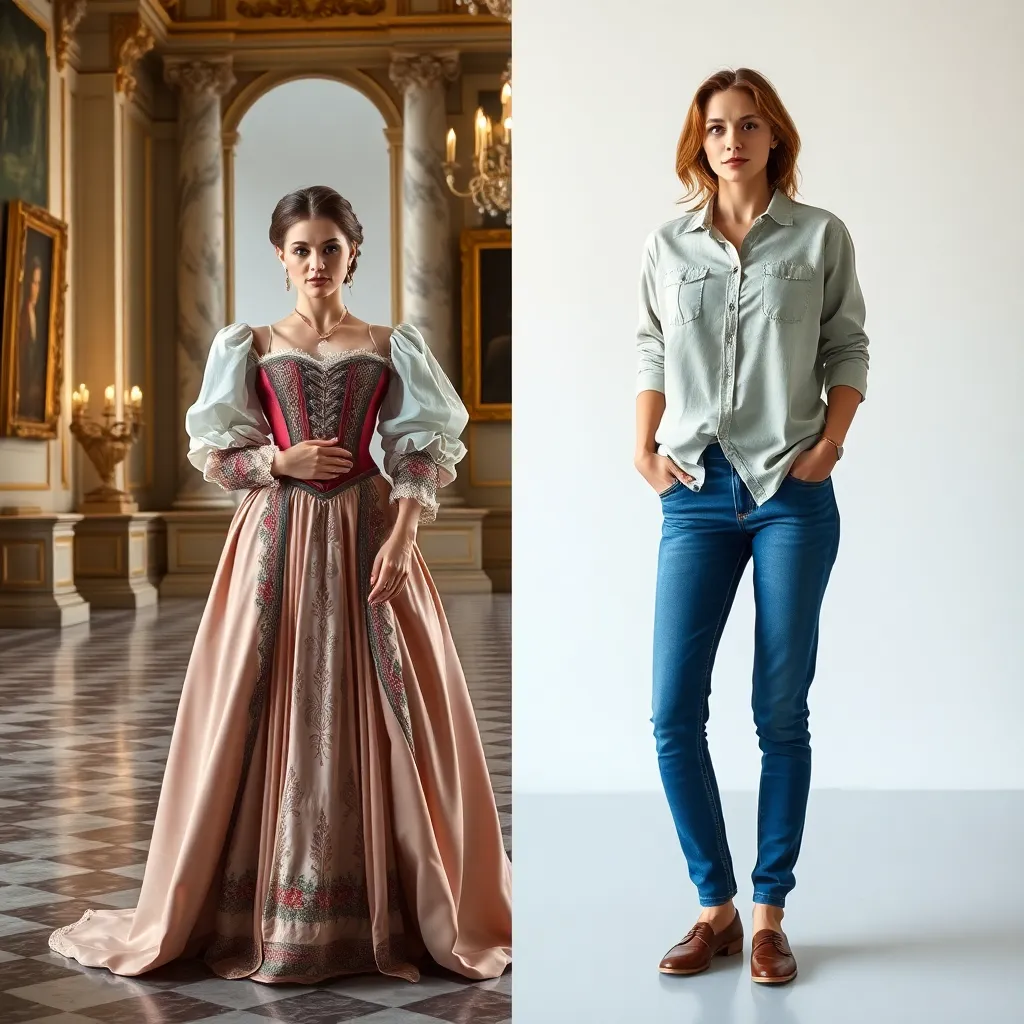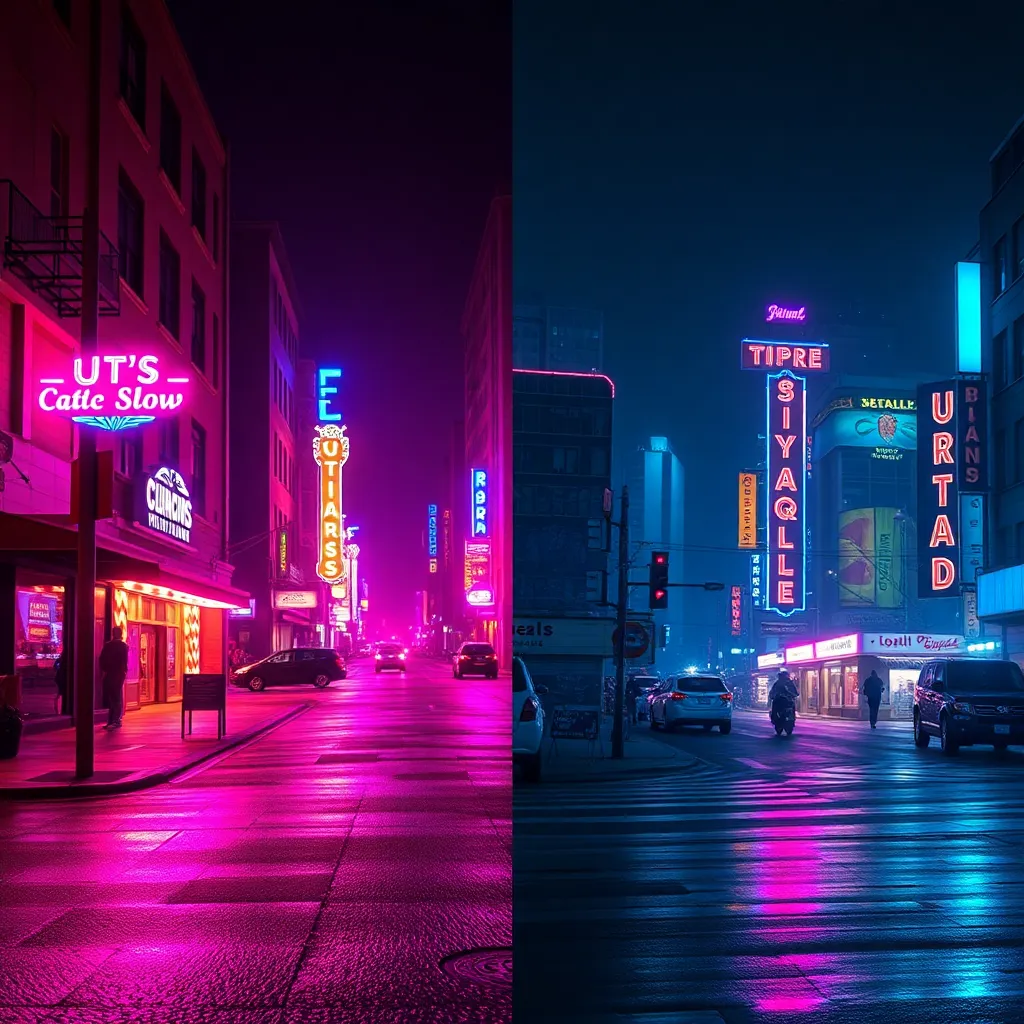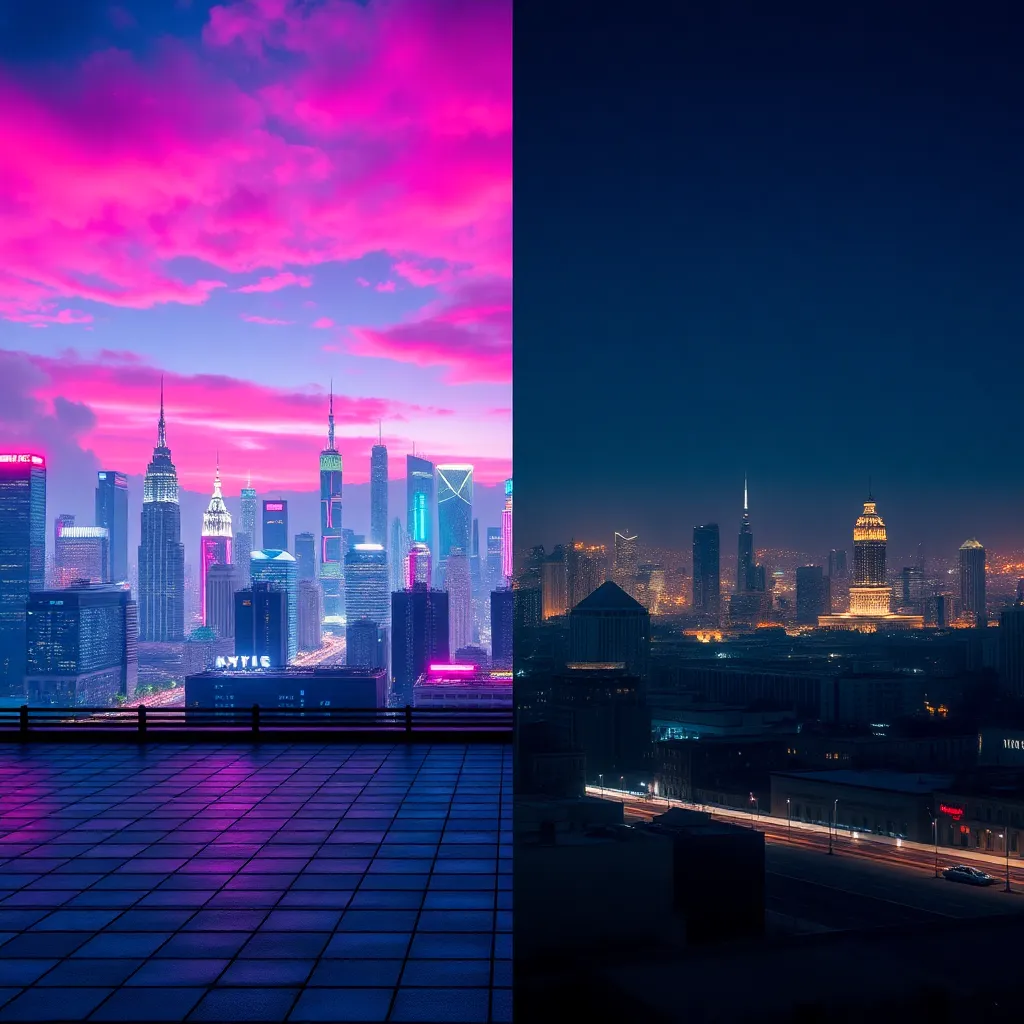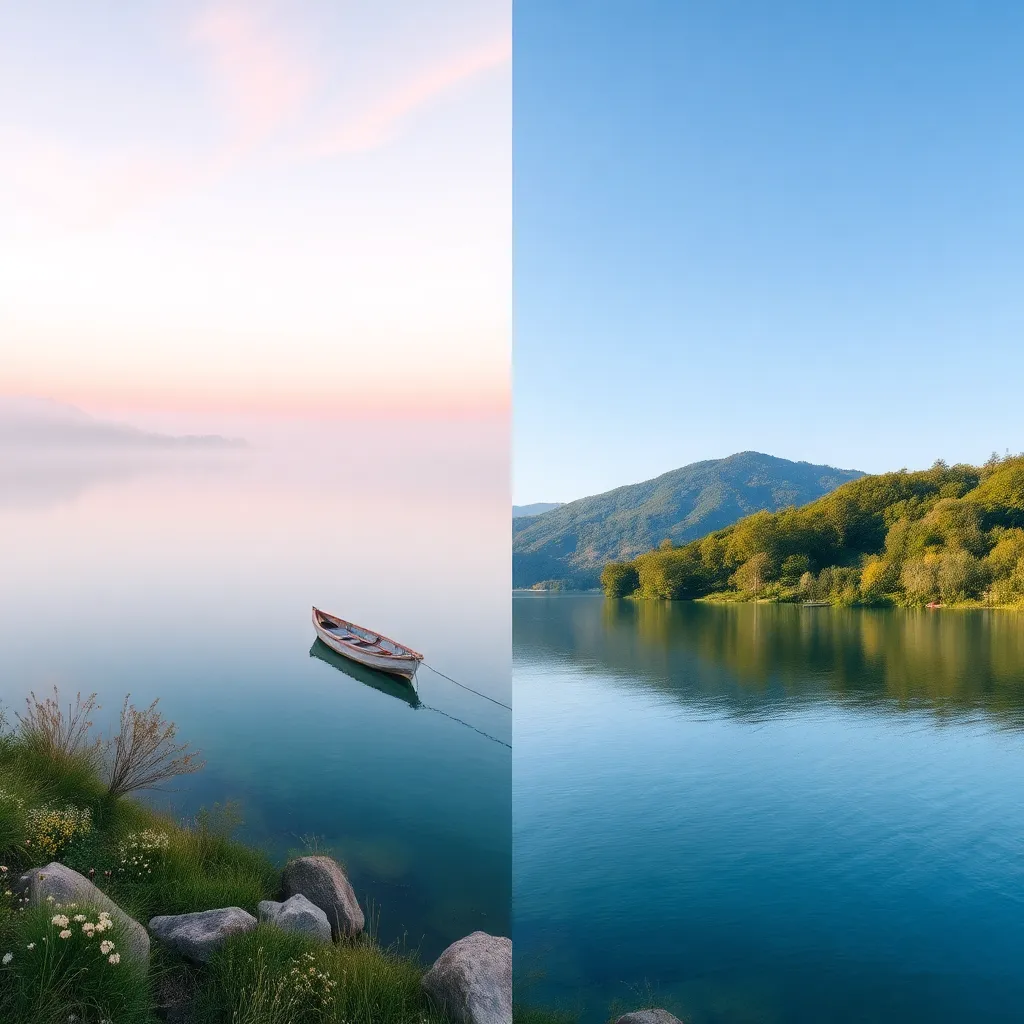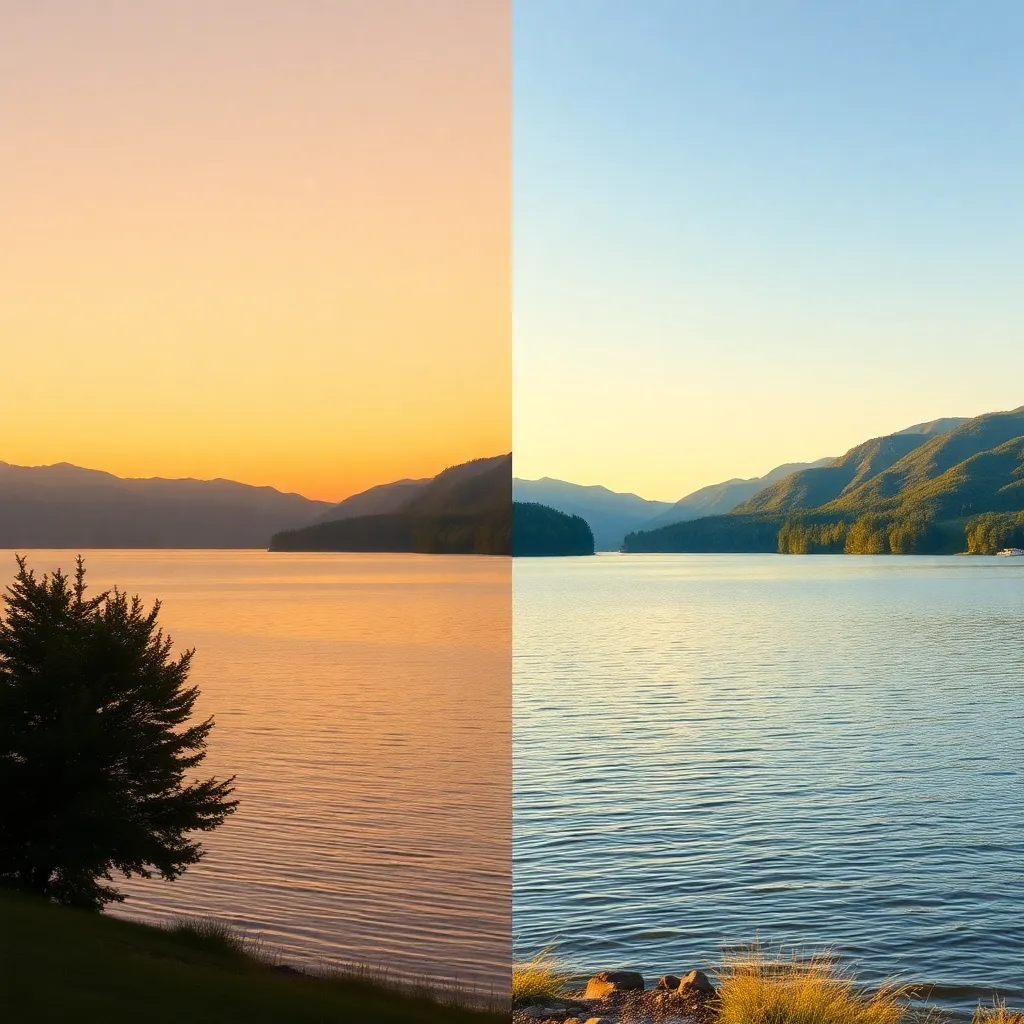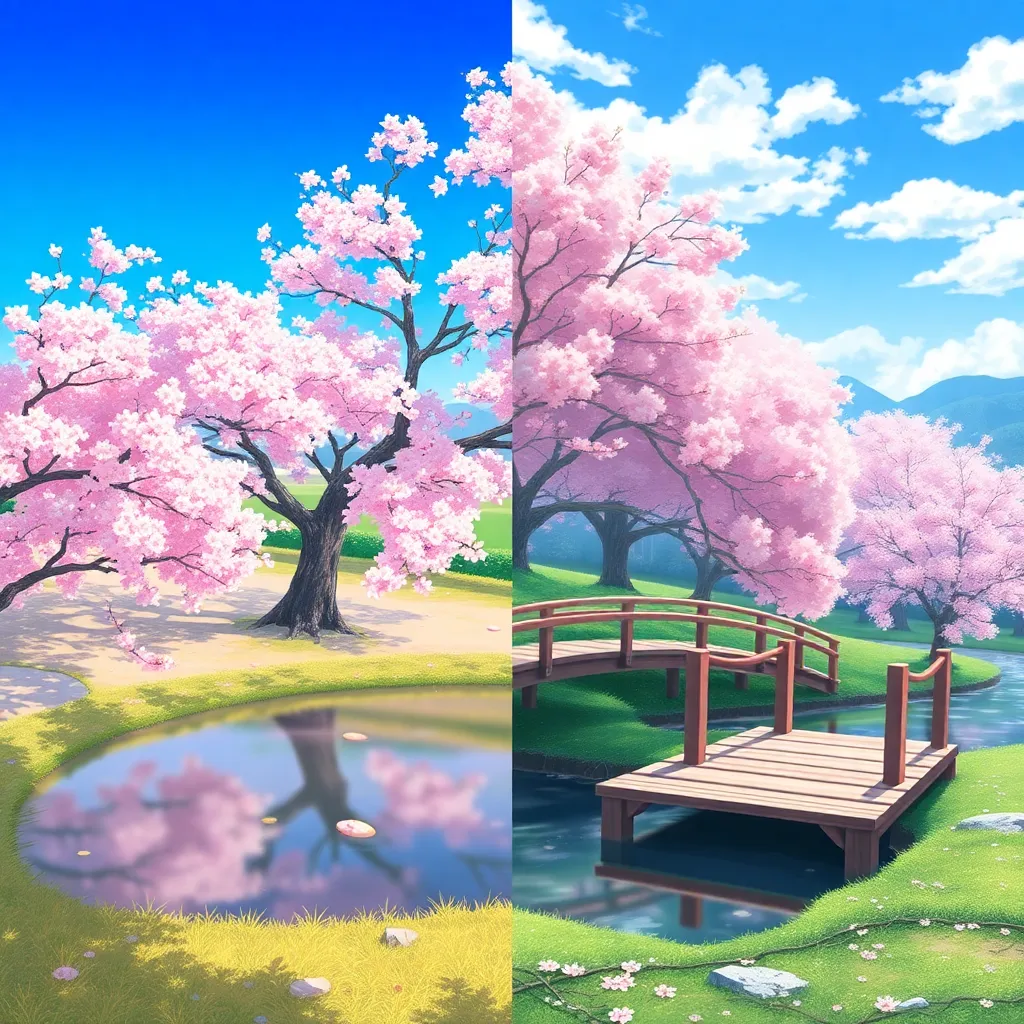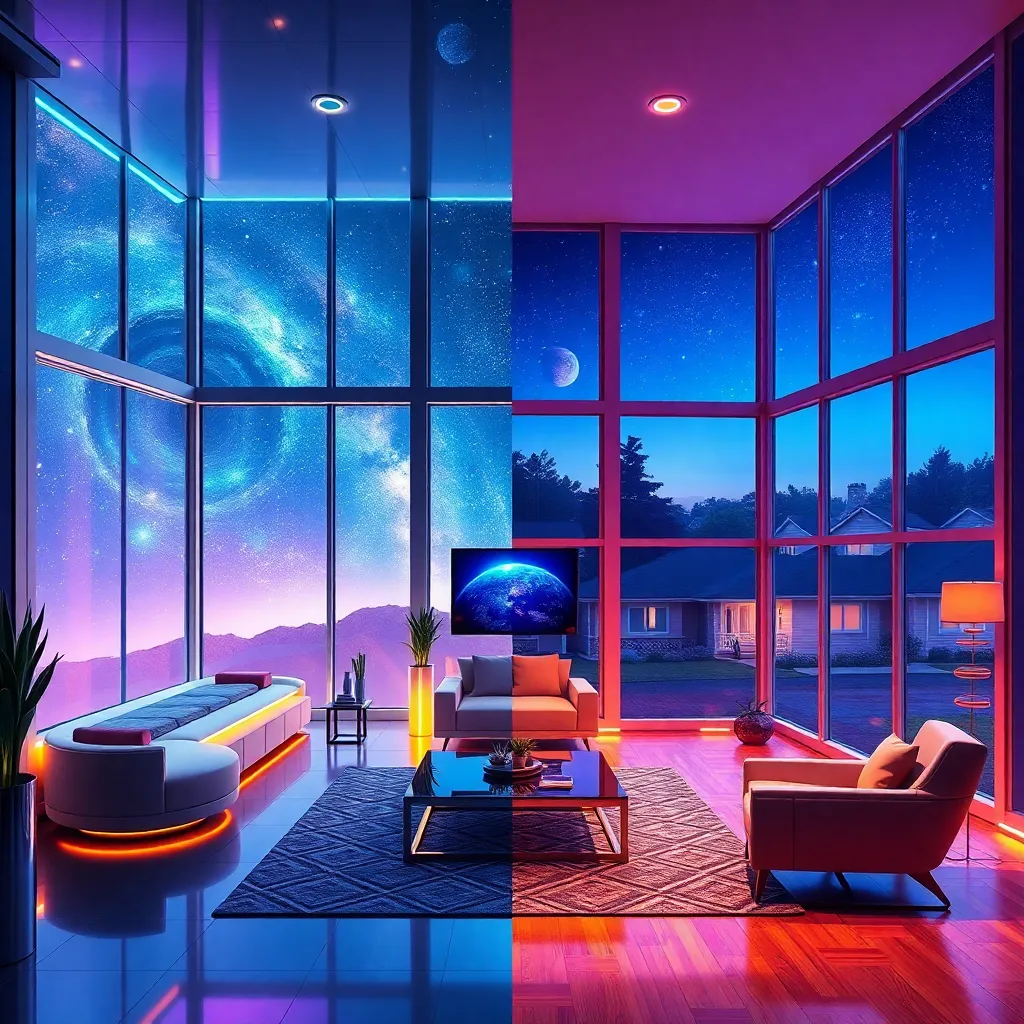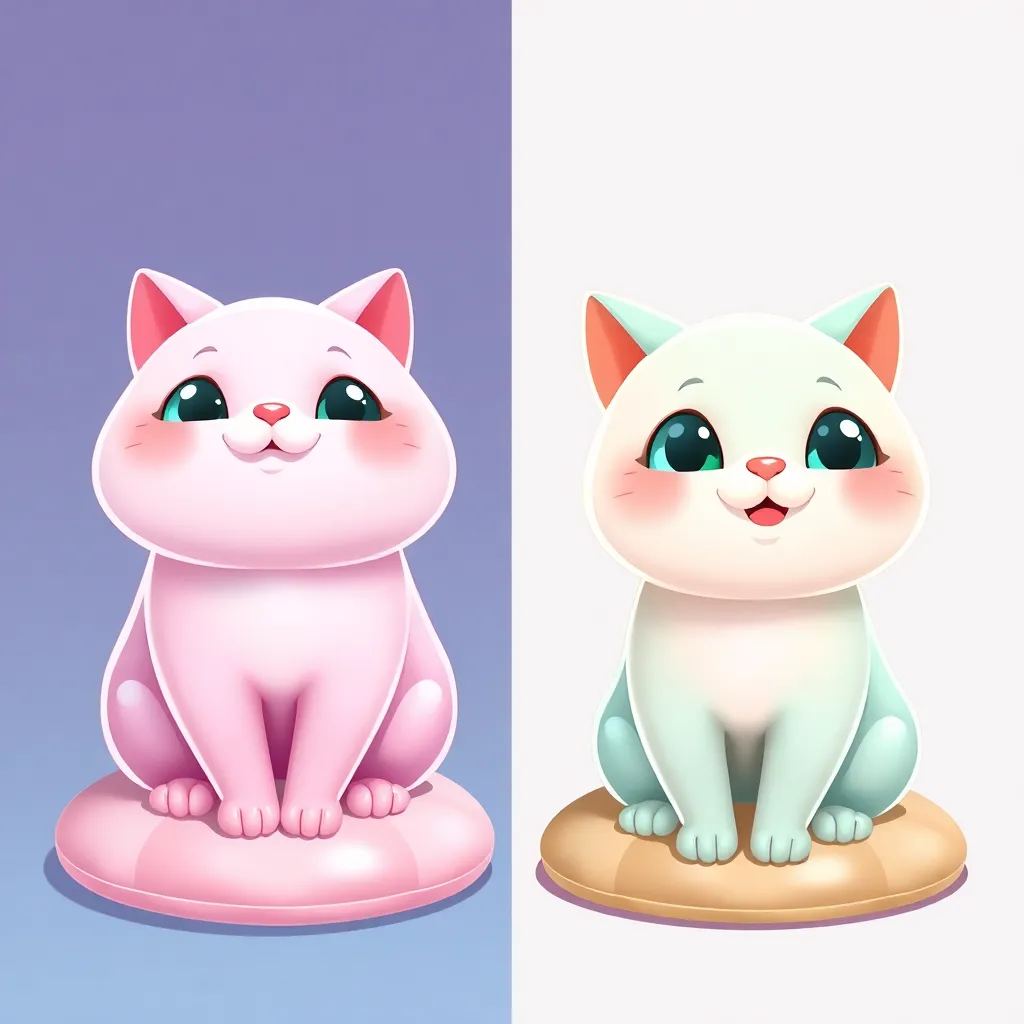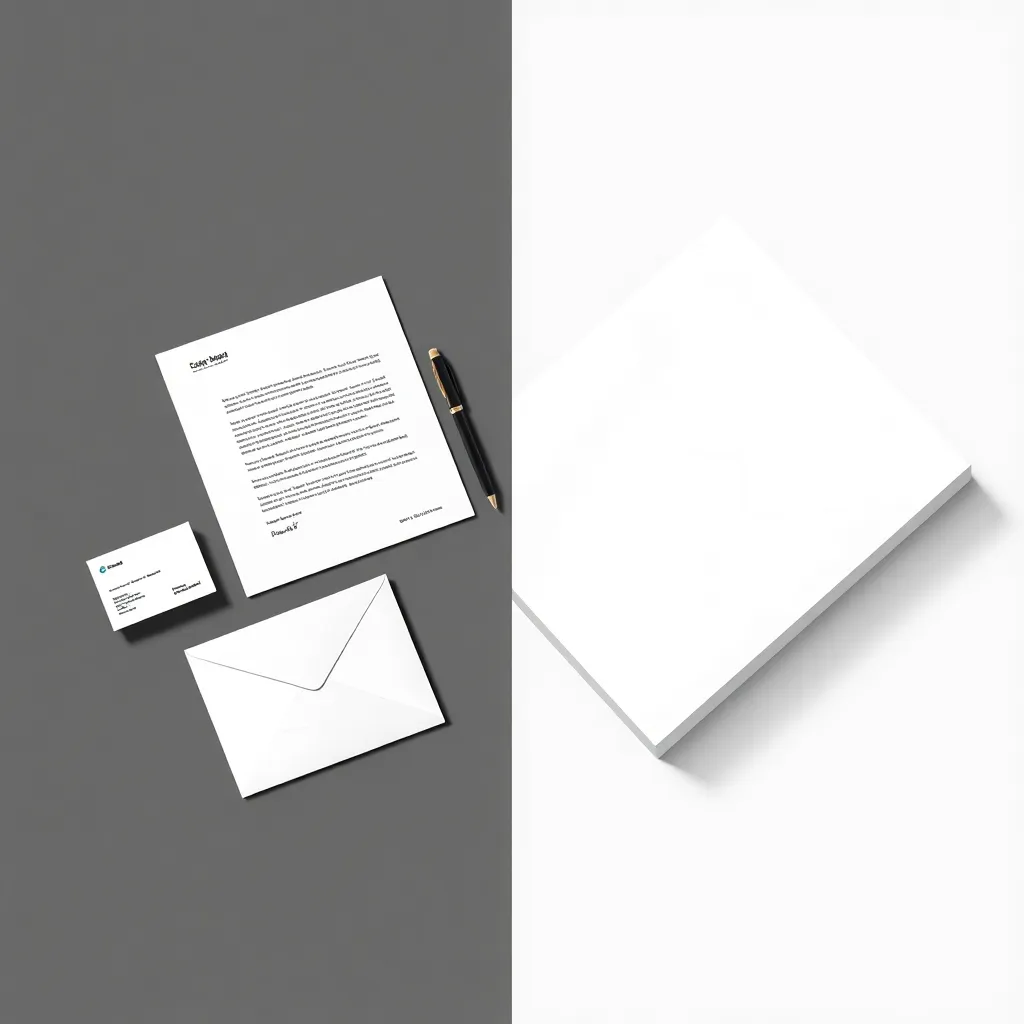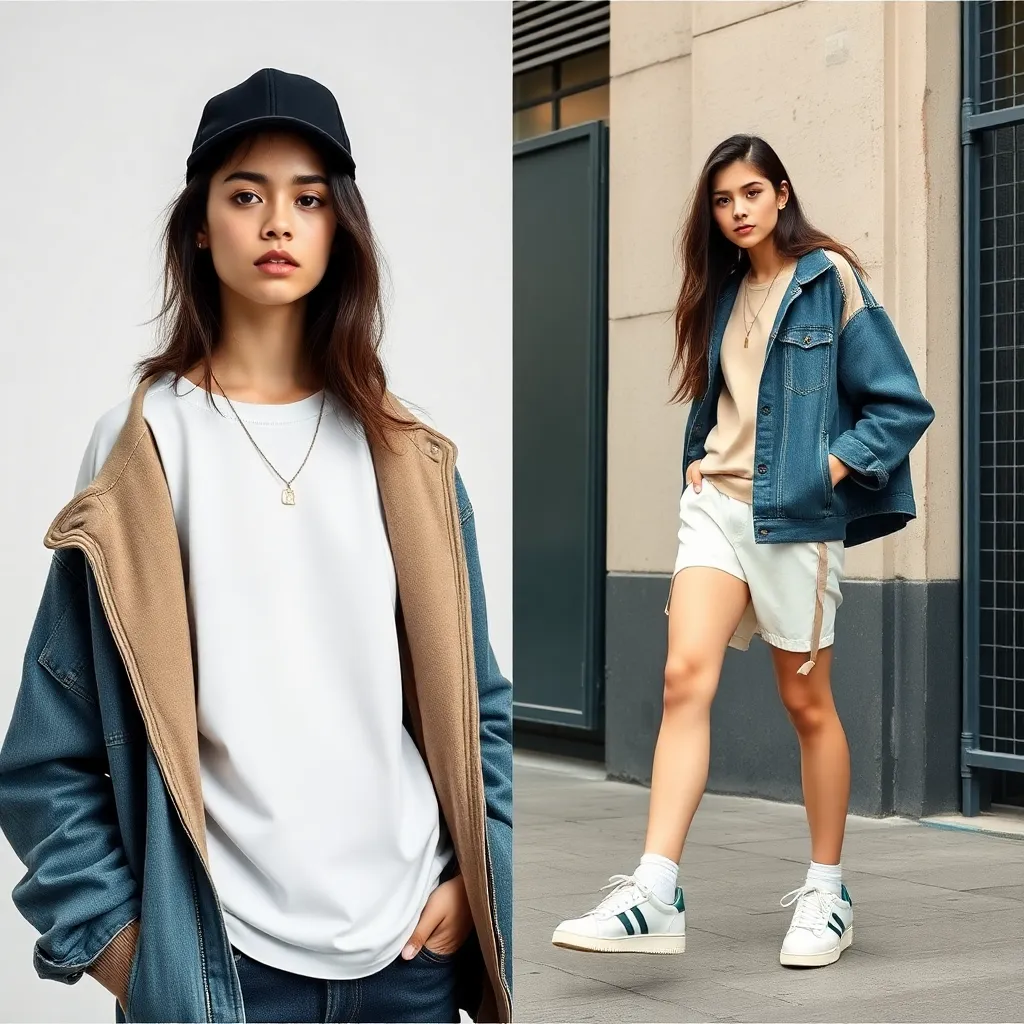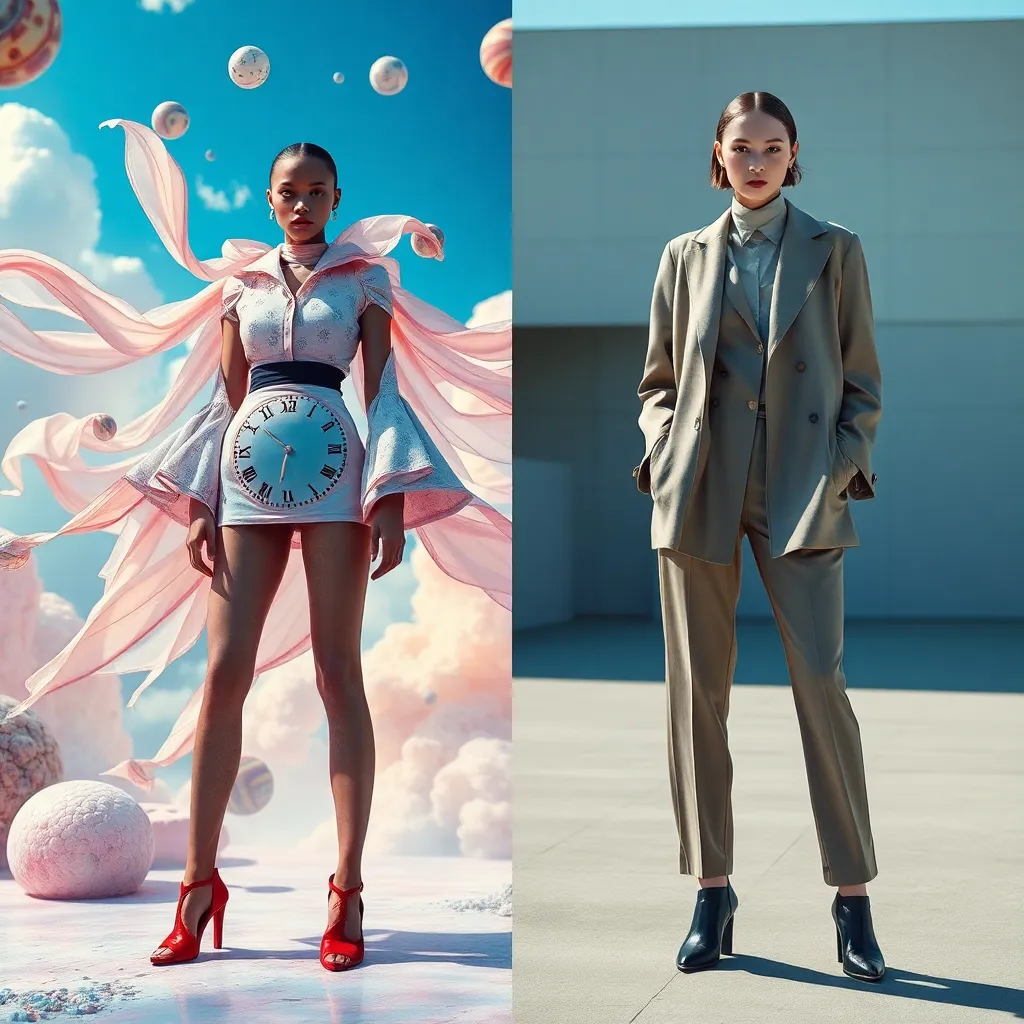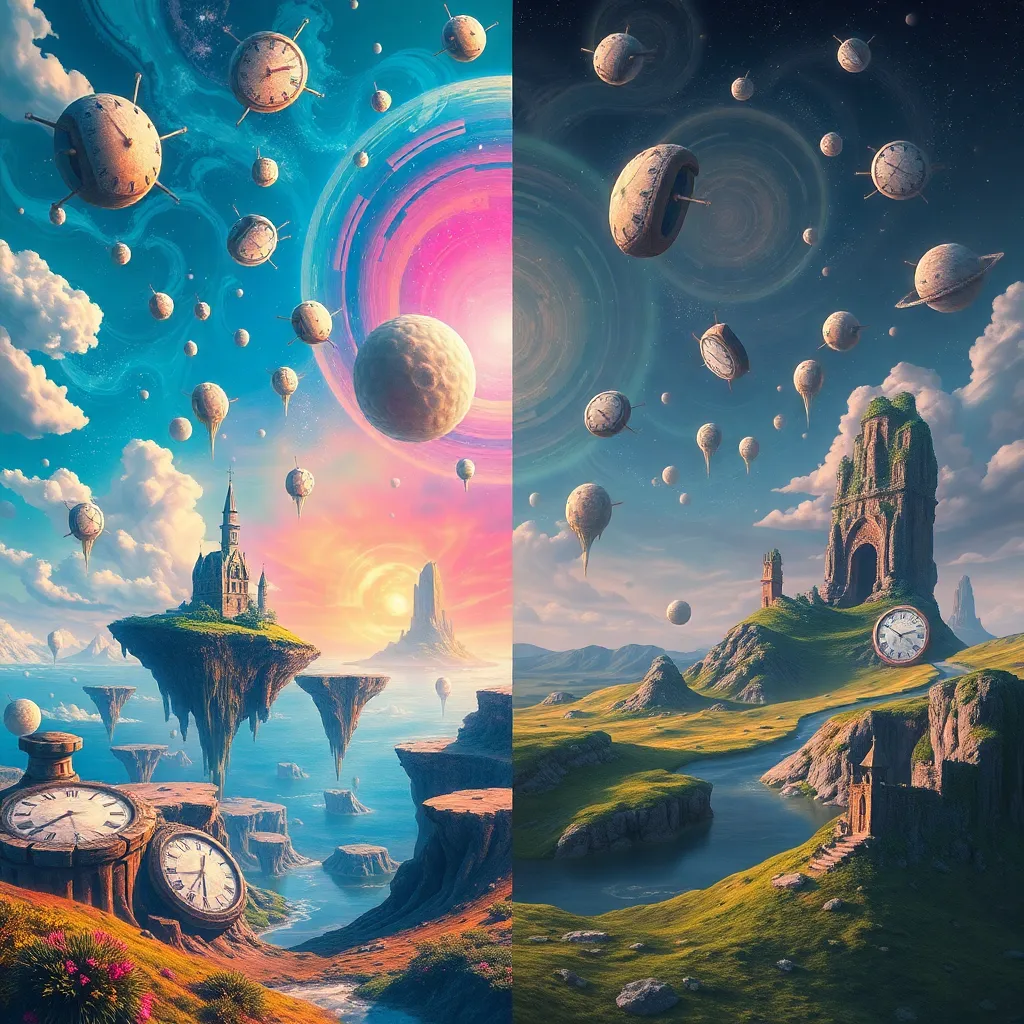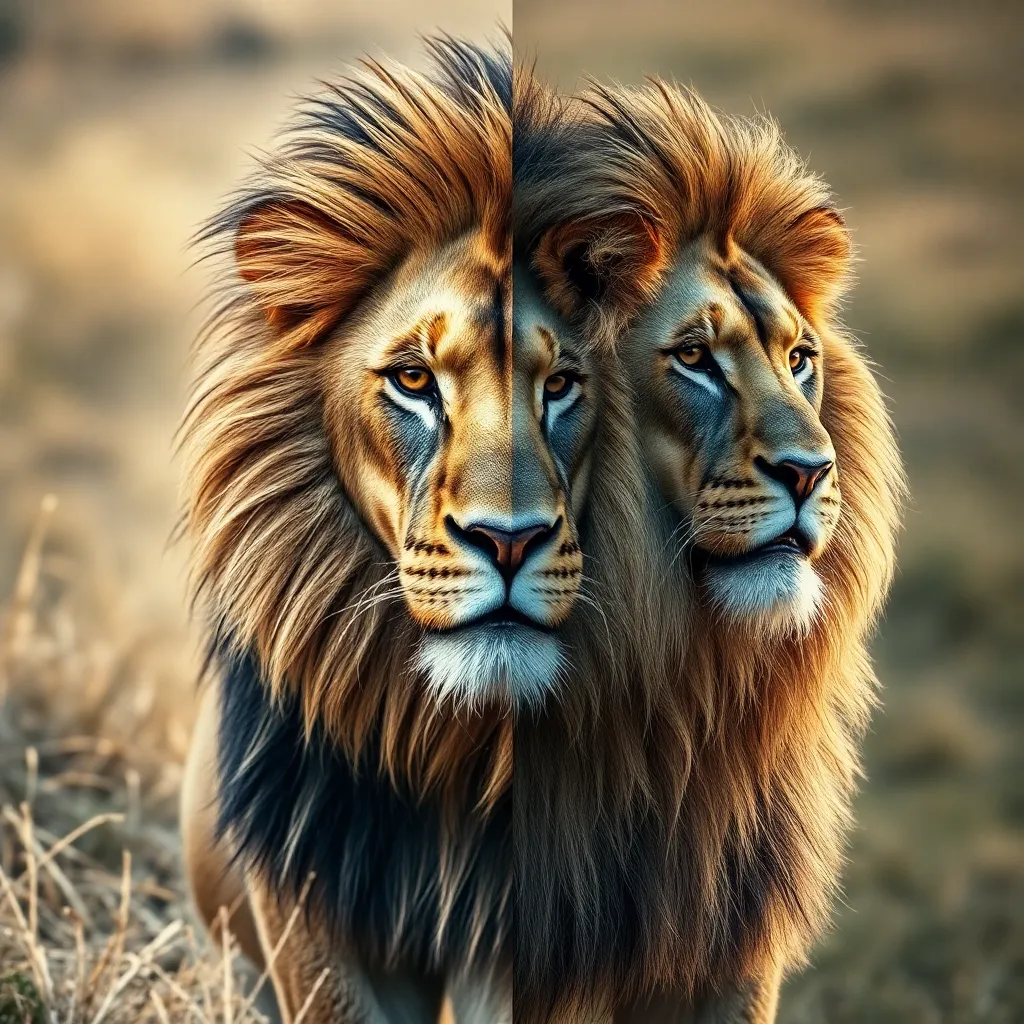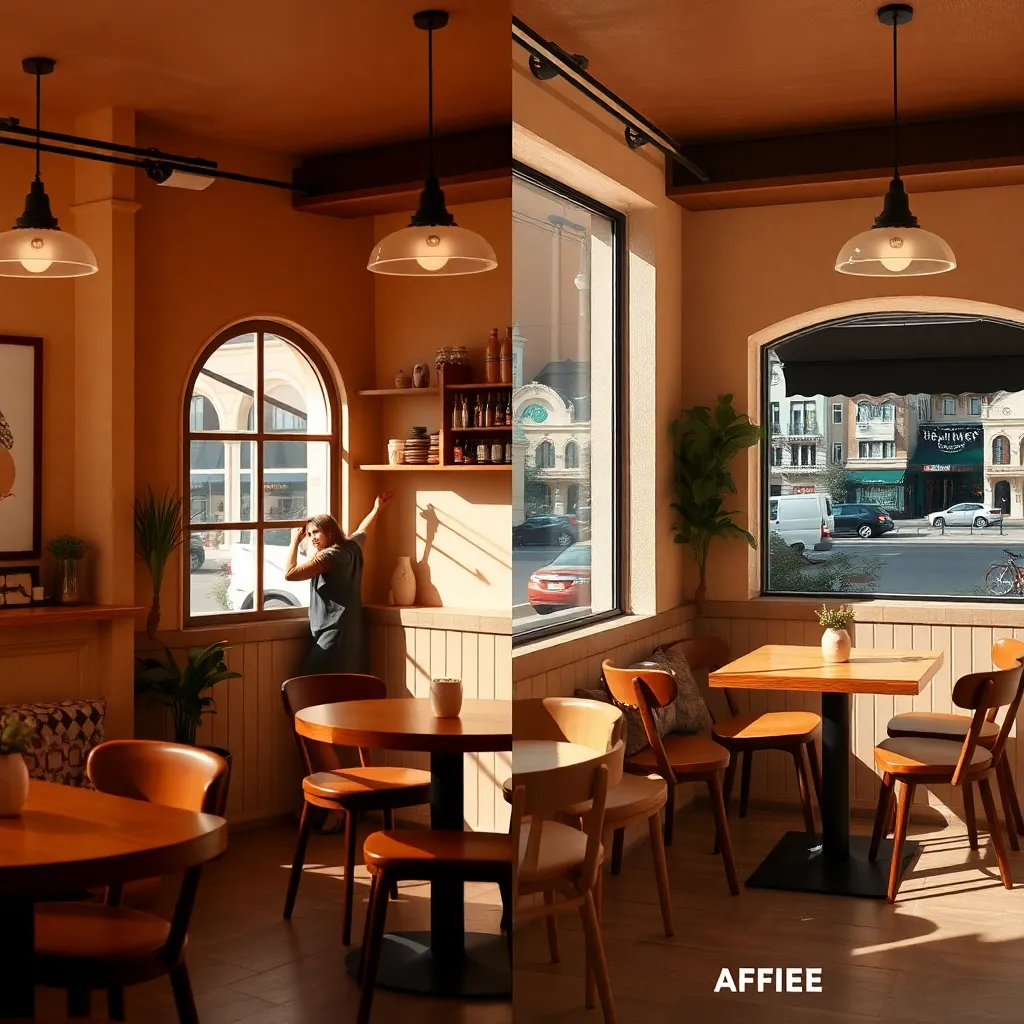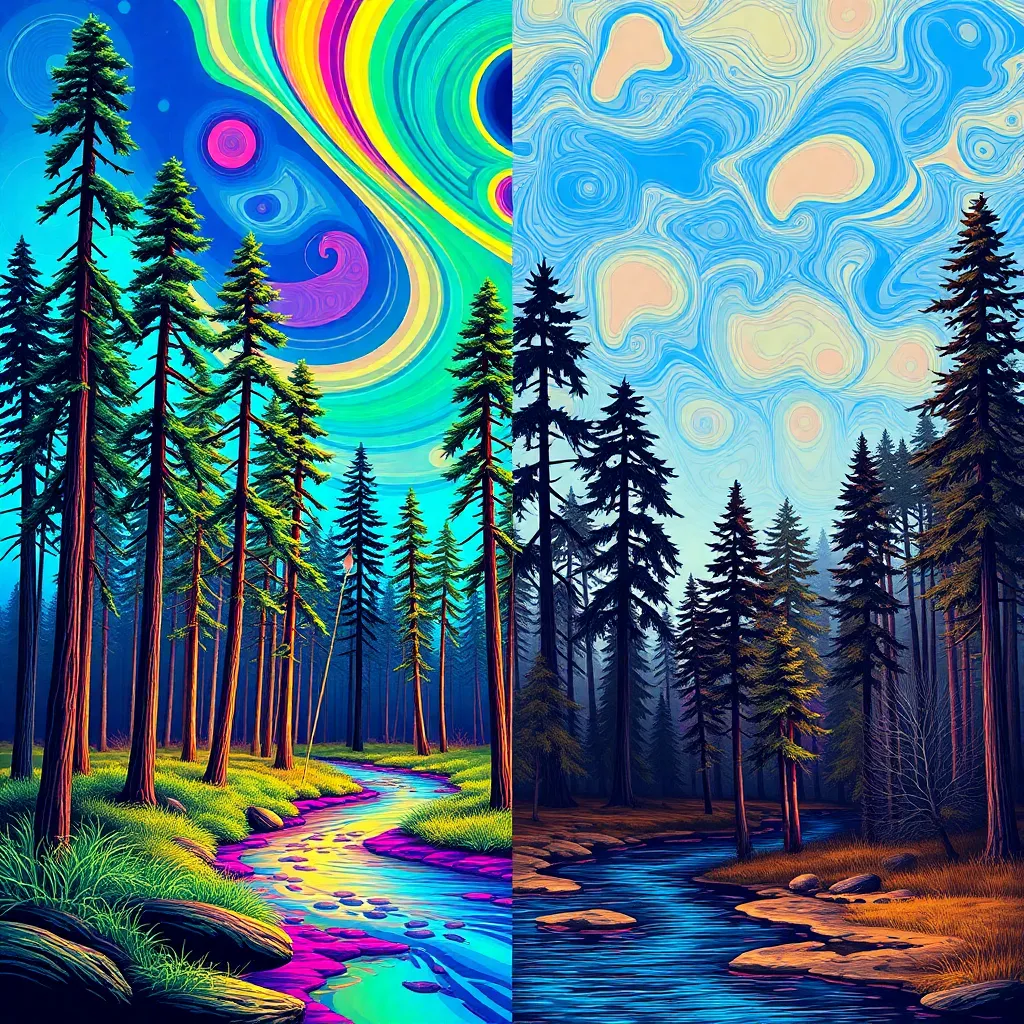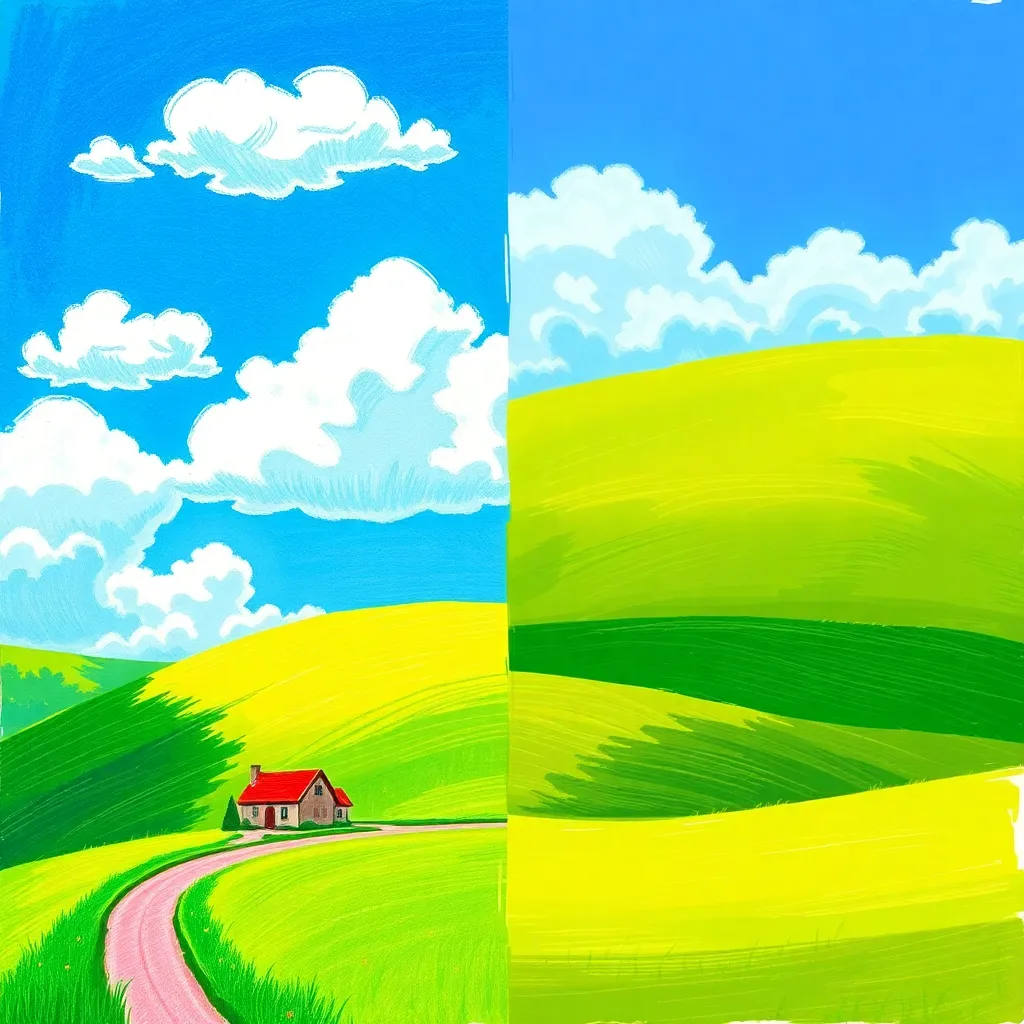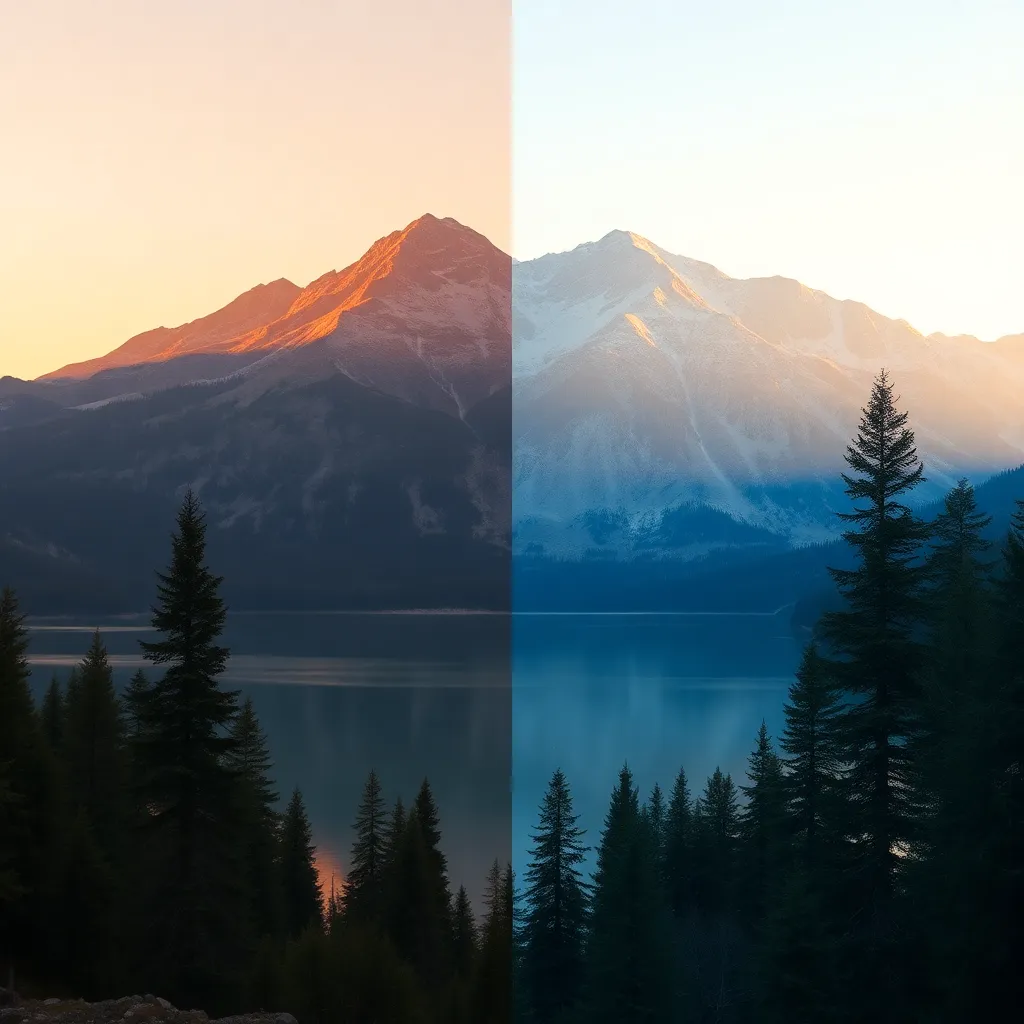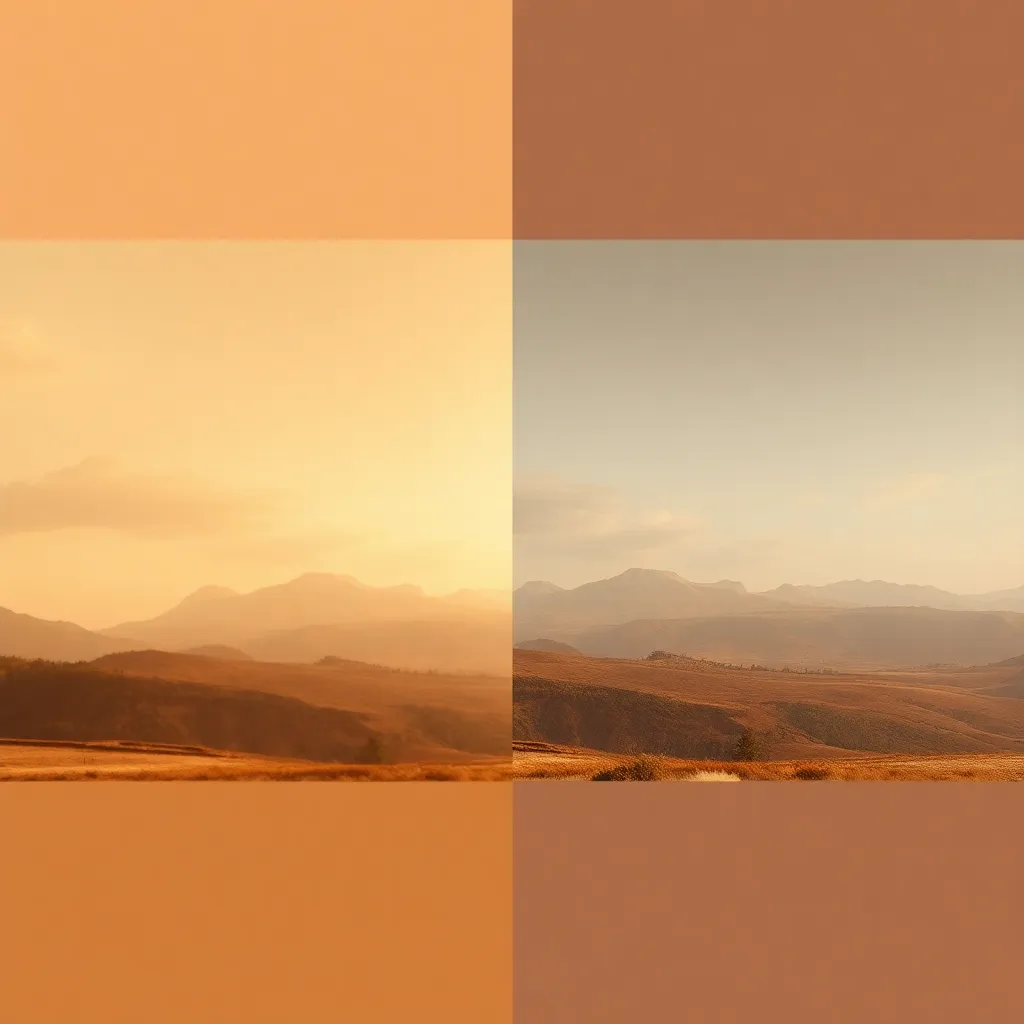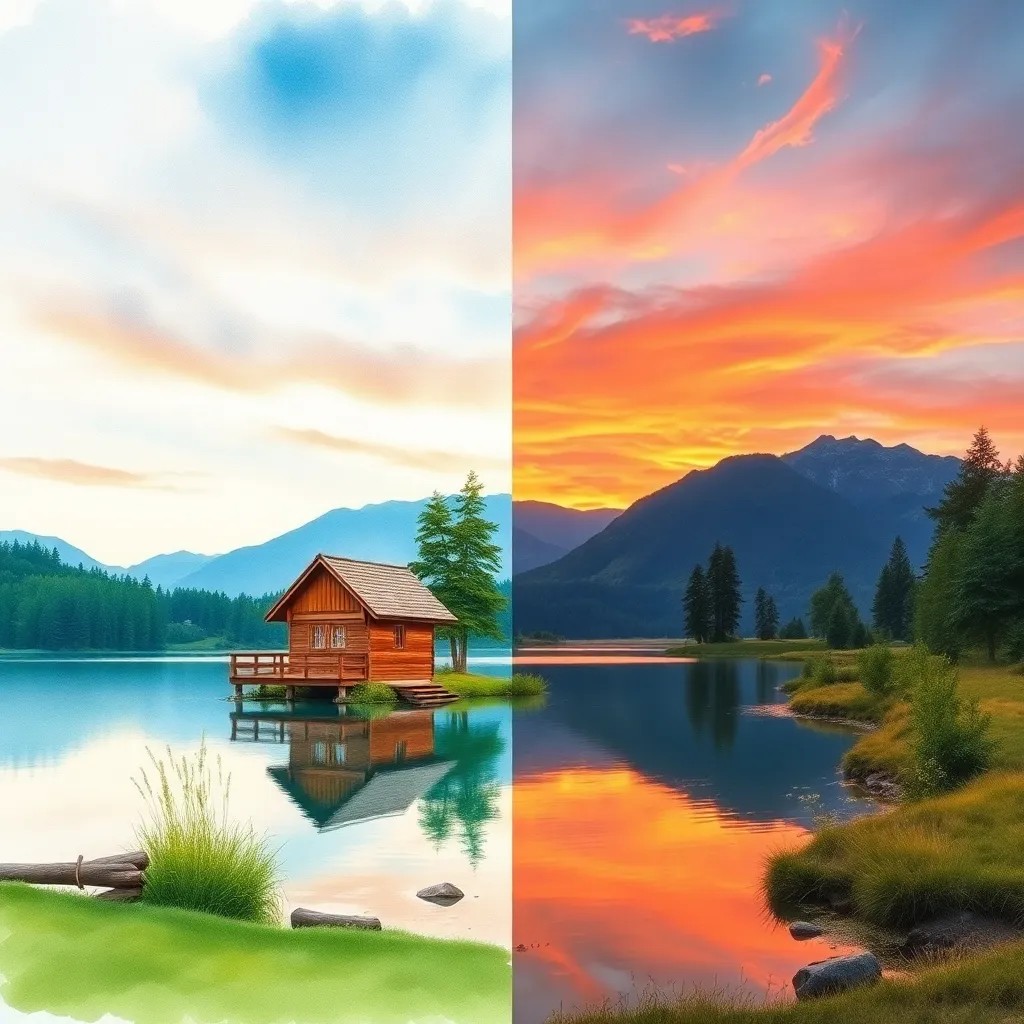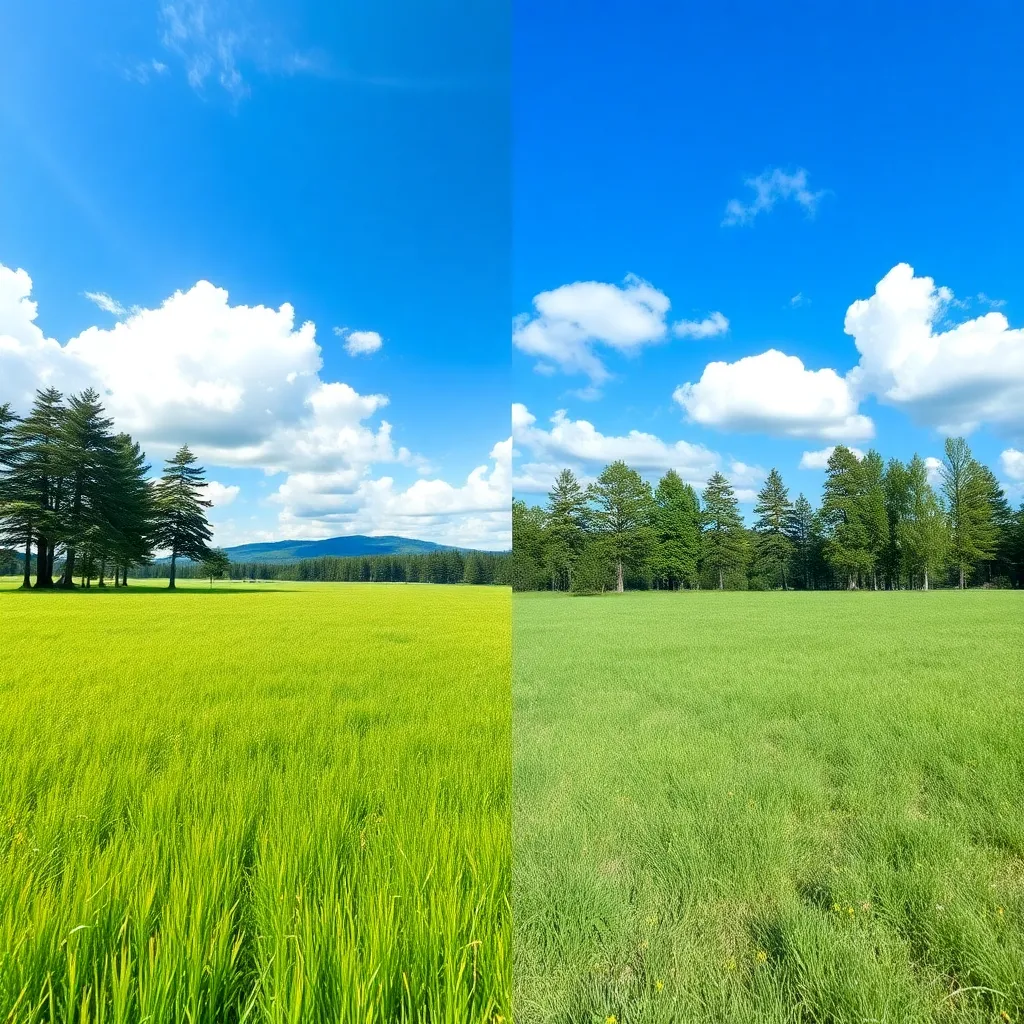What is Product Photography Style? History and Essence
Product Photography Style is a genre of photography dedicated to capturing products in the most appealing, accurate, and detailed manner possible. This style relies on meticulous lighting, seamless backgrounds, and focused composition to showcase items without distraction, ensuring the product is the star of the shot.
The origins of product photography trace back to the early days of advertising and catalog publishing in the late 19th and early 20th centuries, when businesses began to understand the power of visual representation in driving sales. With the advent of mass production and retail, especially in print catalogues, clear images became crucial for consumers to make informed purchasing decisions. Over time, the field has evolved with advances in camera technology, lighting, and digital editing, making it possible to achieve stunning, high-resolution images that reveal every detail and texture.
Today, product photography is an essential part of e-commerce, branding, and advertising, adapting to digital-first platforms and ever-higher expectations from consumers. The style is defined by its ability to make products look desirable, trustworthy, and ready for purchase.
Who Uses Product Photography Style?
Product Photography Style is widely used across industries and by a diverse range of professionals and businesses:
- E-commerce Retailers: Online stores depend on product photography to display merchandise clearly and attractively, influencing buyer decisions.
- Brands and Manufacturers: Companies use this style to build brand identity, showcase product features, and highlight quality.
- Marketing Agencies: Agencies employ product photography for advertising campaigns, social media content, and promotional materials.
- Packaging Designers: Designers need high-resolution images for packaging mockups and visualizations.
- Editorial Teams: Magazines and blogs use product photography to illustrate features and reviews.
- Small Business Owners & Artisans: Creators and sellers use product photography to present their items professionally on marketplaces like Etsy, Amazon, or Shopify.
How Does Product Photography Style Enhance Photos?
Product Photography Style enhances photos through several key techniques:
1. Controlled Lighting
Professional lighting eliminates harsh shadows and highlights product details, color, and texture. Softboxes, reflectors, and diffusers are used to create even illumination or dramatic highlights, depending on the product.
2. Clean Backgrounds
Using white, black, or gray seamless backgrounds removes distractions, drawing attention solely to the product. This clarity is essential for online shopping, catalogues, and advertisements.
3. Sharp Focus and Depth of Field
Maintaining sharp focus throughout the product ensures every detail is visible. Selective depth of field can be used to highlight specific features like branding or texture.
4. Precise Composition
Careful arrangement of the product creates balance and appeal. Centering, leading lines, and symmetry are often employed to create visually pleasing images.
5. Post-Processing and Retouching
Editing software is used to correct color, remove imperfections, and enhance product features, ensuring consistency and a flawless appearance.
These enhancements collectively make products look more appealing, trustworthy, and desirable, directly impacting sales and brand perception.
Use Cases for Product Photography Style
Product Photography Style is essential in a variety of commercial and editorial contexts:
1. E-commerce Website Listings
High-quality images on a white background highlight features and textures, helping customers make confident purchasing decisions. (Example: running shoes for an online store)
Dramatic lighting and reflective surfaces create eye-catching visuals for product launches, increasing engagement and shares on platforms like Instagram and Facebook. (Example: smartwatch on reflective black surface)
3. Print Catalogues & Brochures
Balanced lighting and elegant arrangements showcase products professionally, ensuring they stand out in printed materials. (Example: designer sunglasses for a fashion brochure)
4. Packaging Design Visuals
Clean, detailed shots of packaging help designers and brands visualize and promote their products, emphasizing branding elements. (Example: gourmet coffee bag)
5. Advertisement Banners & Posters
High-contrast lighting and luxurious backgrounds add drama, making products pop in advertisements and banners. (Example: luxury perfume bottle for a poster)
6. Editorial or Magazine Features
Stylized images with precise lighting highlight product innovation and design, adding credibility and appeal in magazine features. (Example: DSLR camera for a tech editorial)
These use cases demonstrate how the style can be adapted to fit different products and marketing channels, always aiming to maximize visual impact and clarity.
Pro Tips for Effective Product Photography Style
- Invest in Lighting: Good lighting is more impactful than an expensive camera. Use softboxes, diffusers, and reflectors to control shadows and highlights.
- Use a Tripod: Stability is key for sharp, clear images. A tripod ensures consistency across shots, especially for multi-angle or multi-product sessions.
- Clean Your Products: Attention to detail matters—dust, fingerprints, or smudges will be obvious in high-resolution images.
- Shoot in RAW: RAW files retain more image data, allowing for better post-processing and color correction.
- Experiment with Angles: While standard front-on shots are essential, unique angles or macro details can add visual interest and highlight features.
- Maintain Consistency: Use the same background, lighting, and editing style across your product catalog for a cohesive and professional look.
- Edit Thoughtfully: Post-processing should enhance, not distort. Adjust exposure, color, and sharpness, but avoid over-editing.
In conclusion, Product Photography Style is crucial for anyone seeking to present products at their very best. Whether for e-commerce, advertising, or editorial purposes, mastering this style ensures your products look appealing, professional, and ready to capture attention. By applying the techniques and tips above, you can create images that not only showcase your products but also elevate your brand and drive sales.
